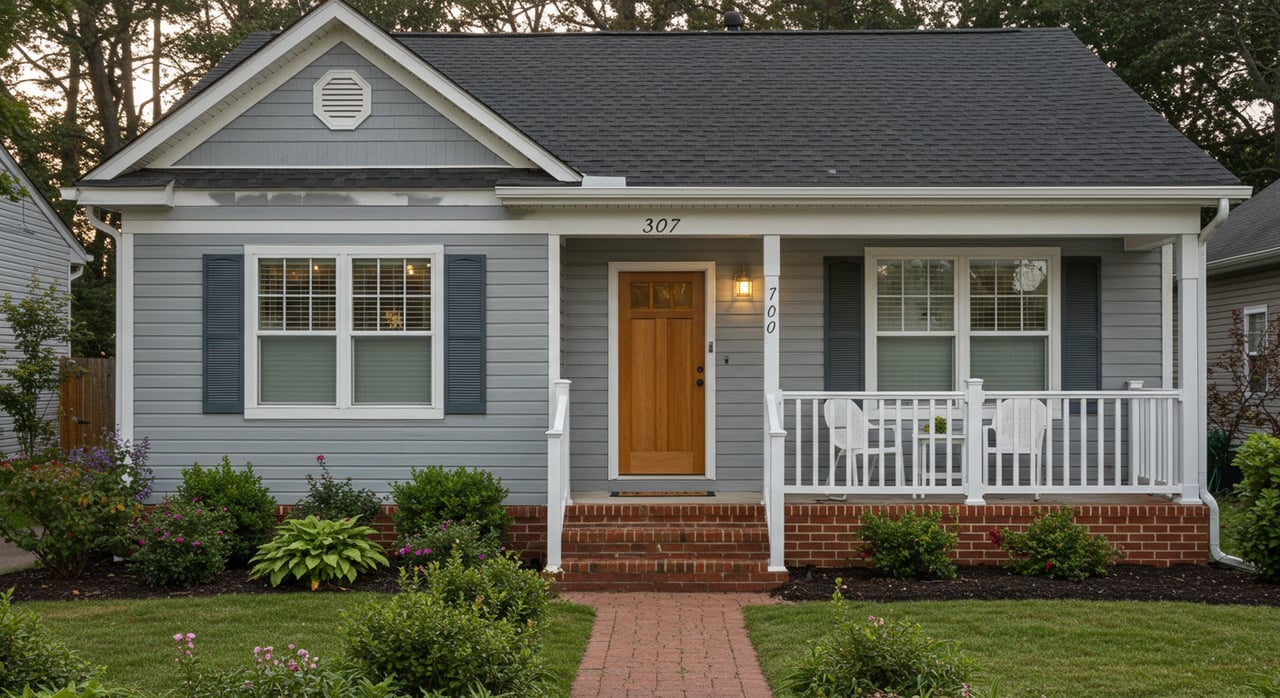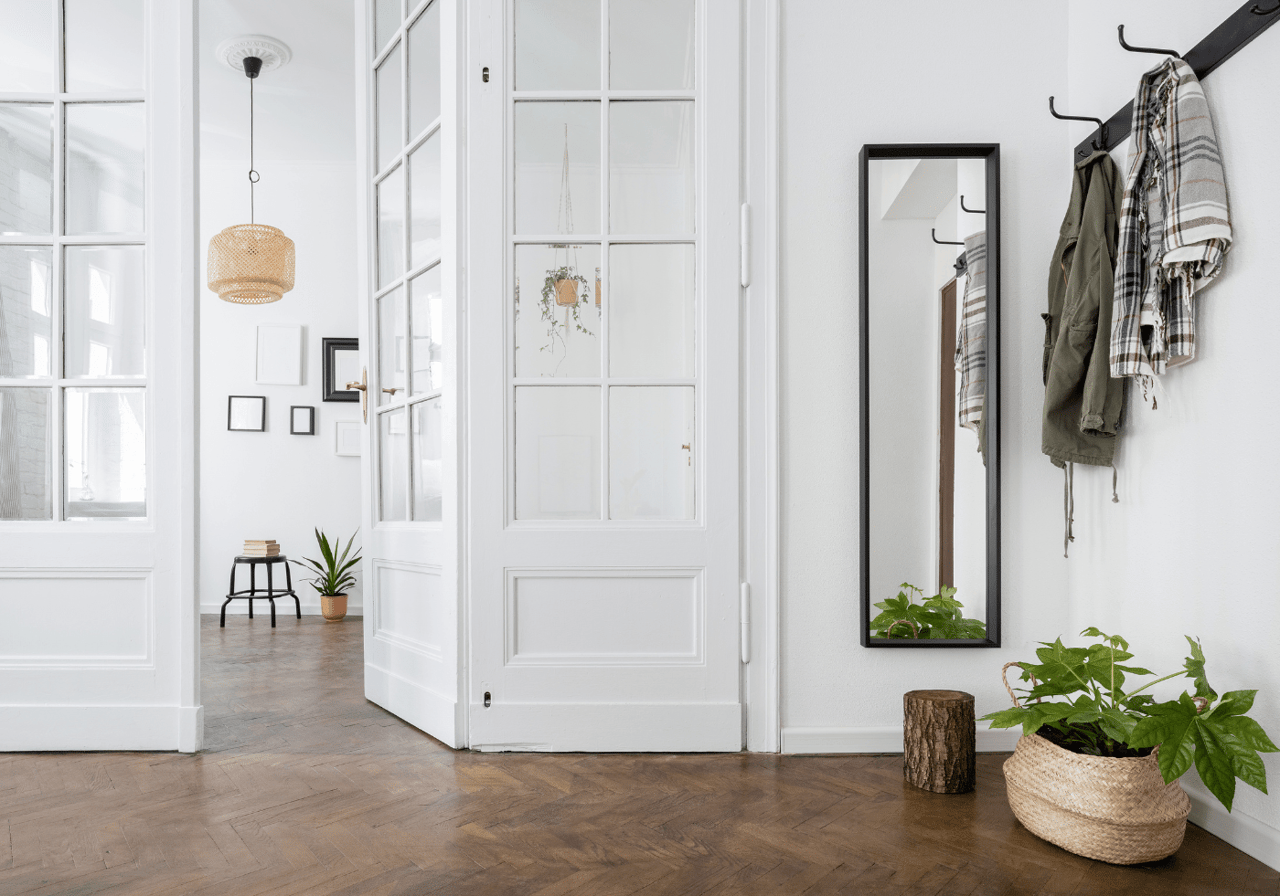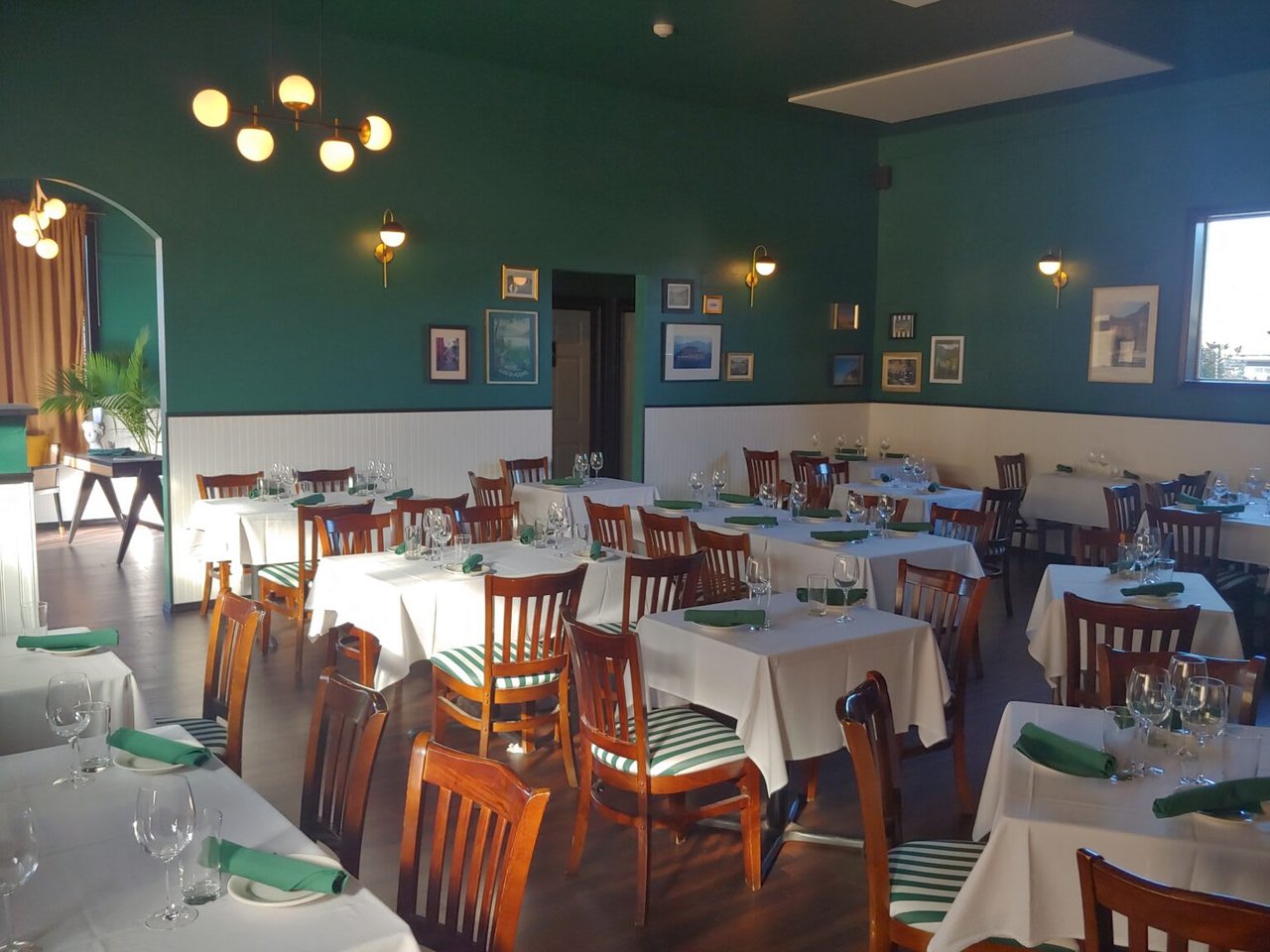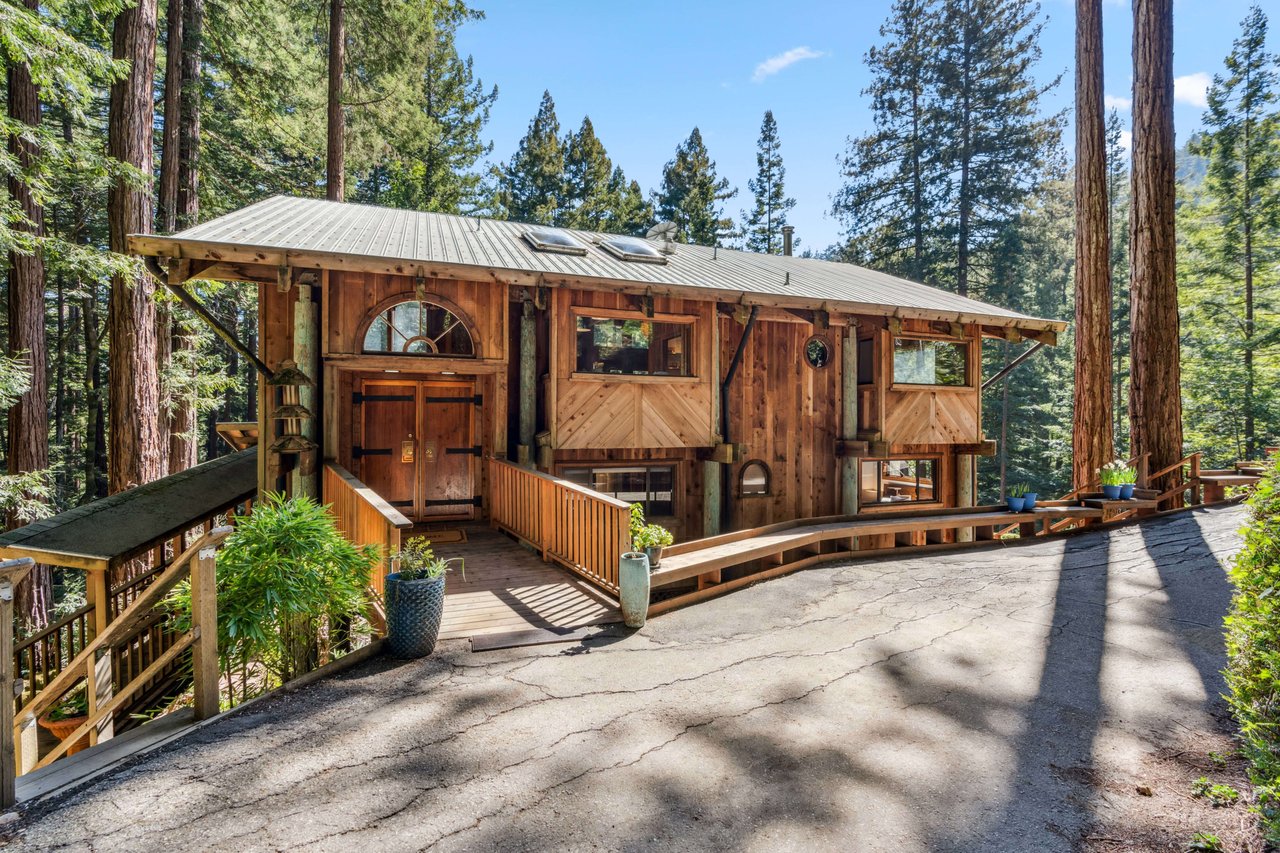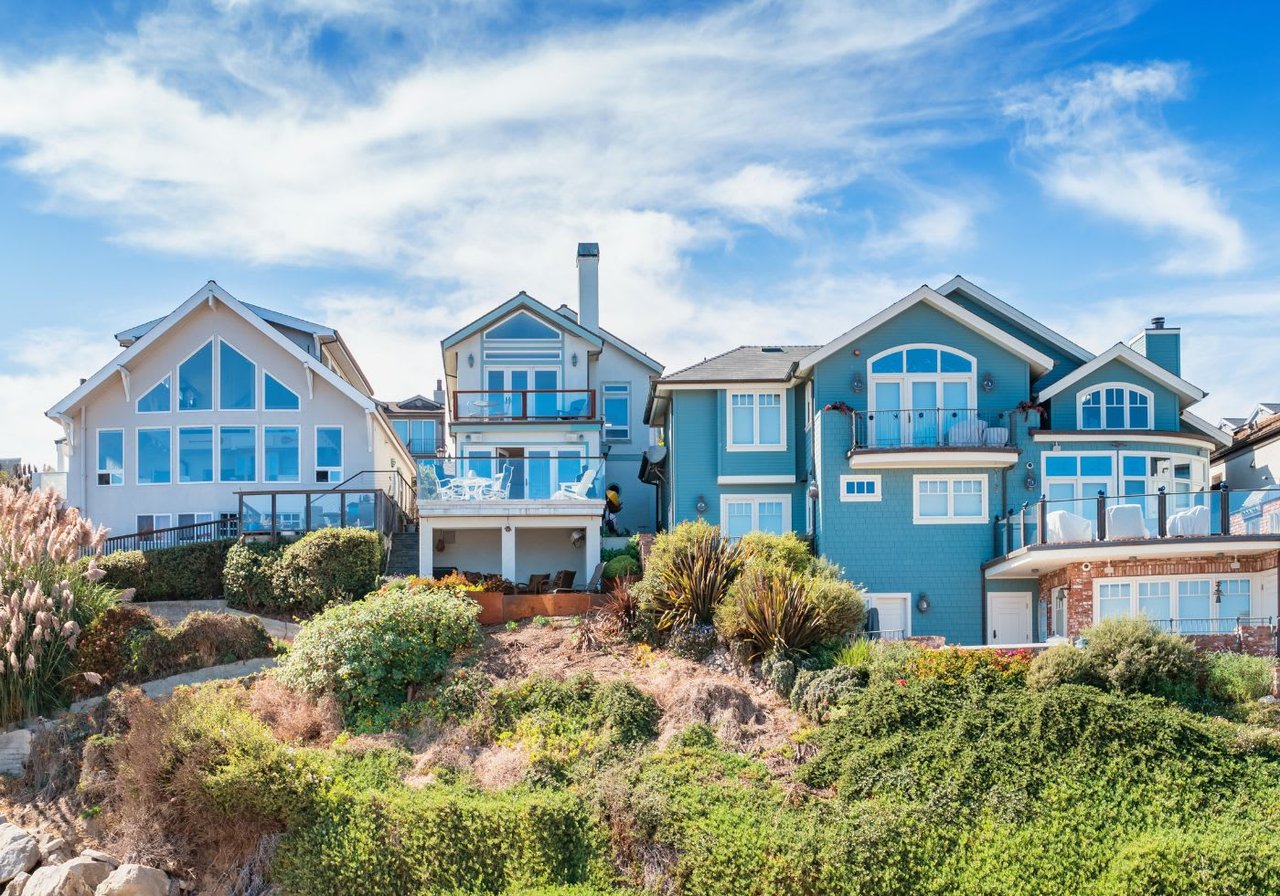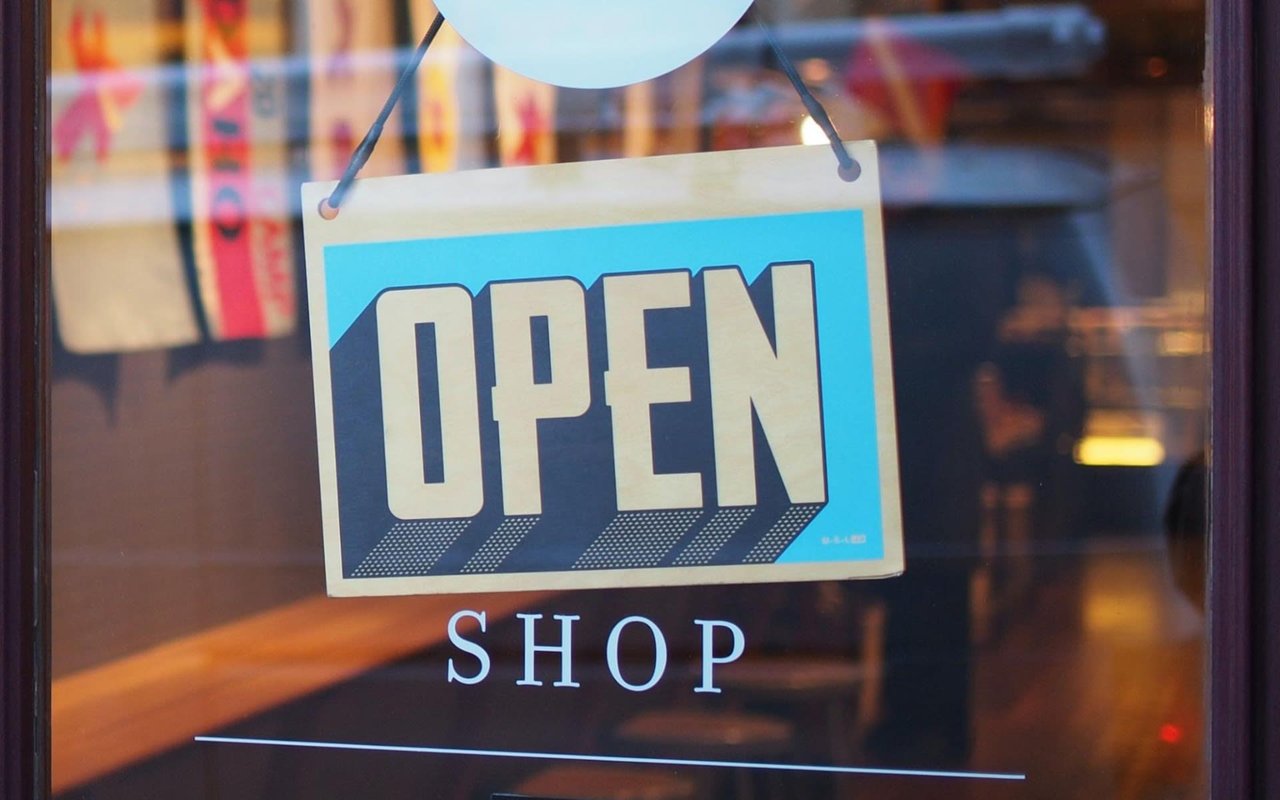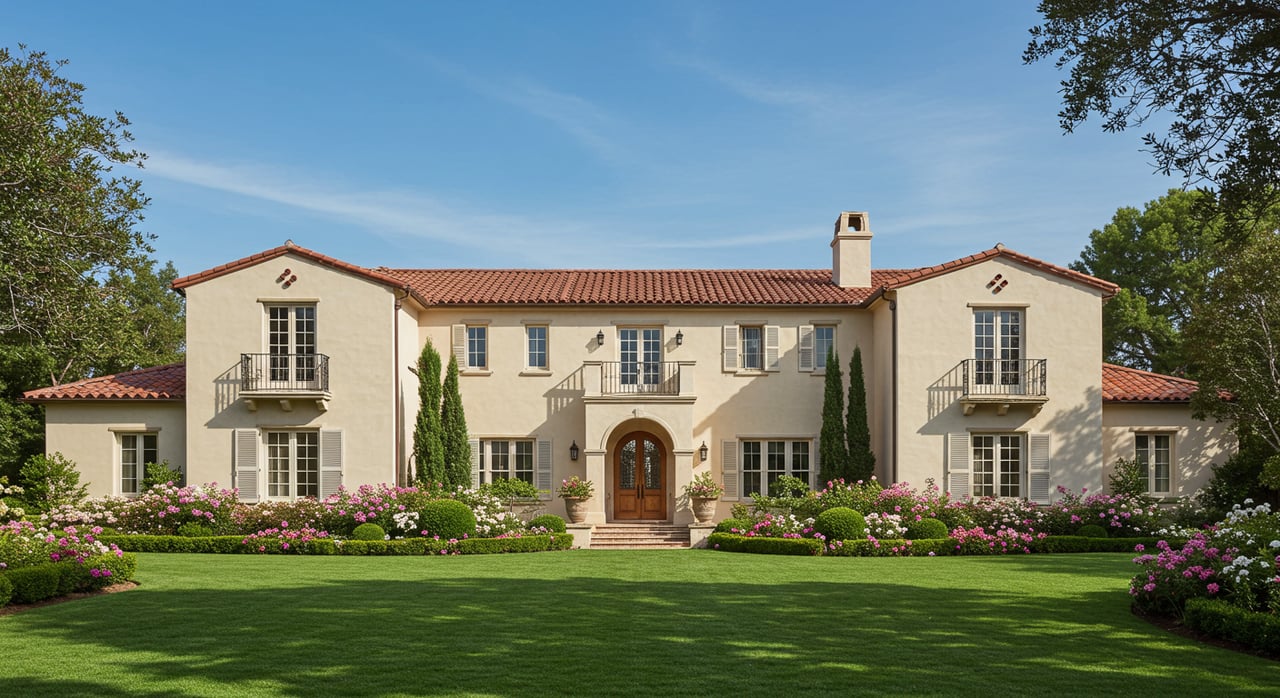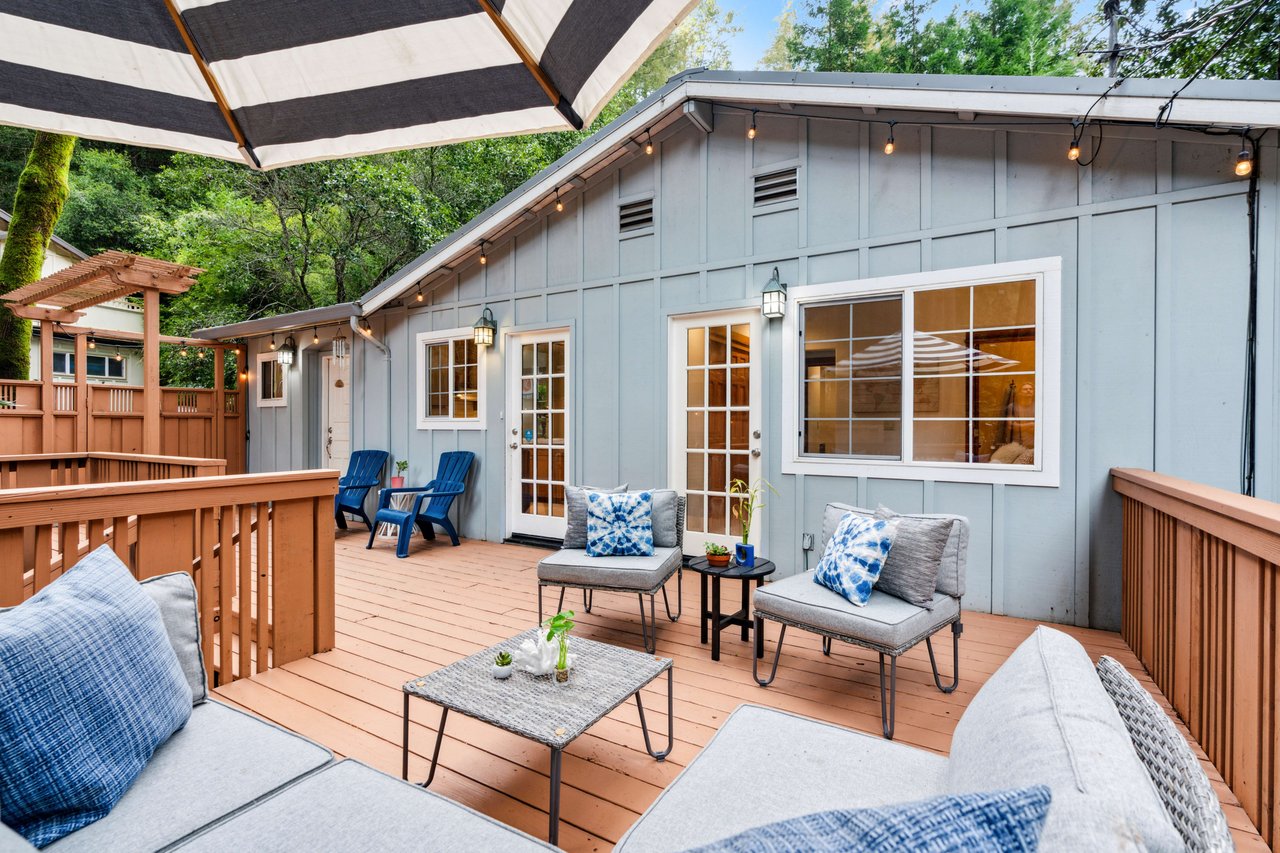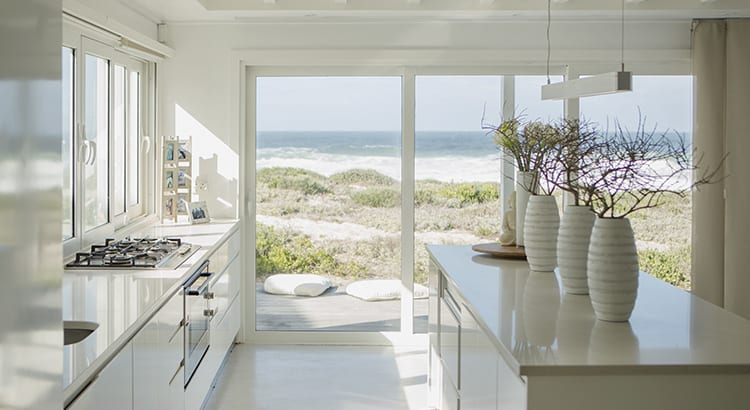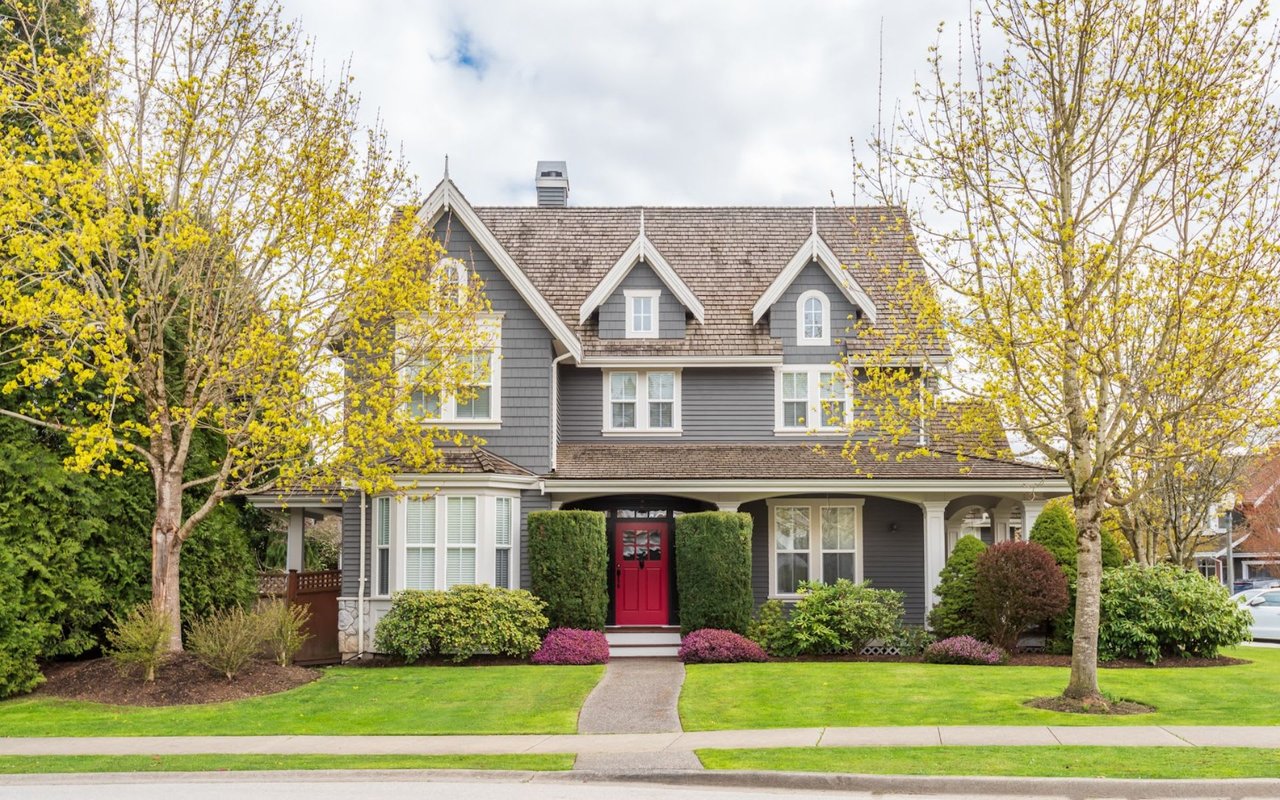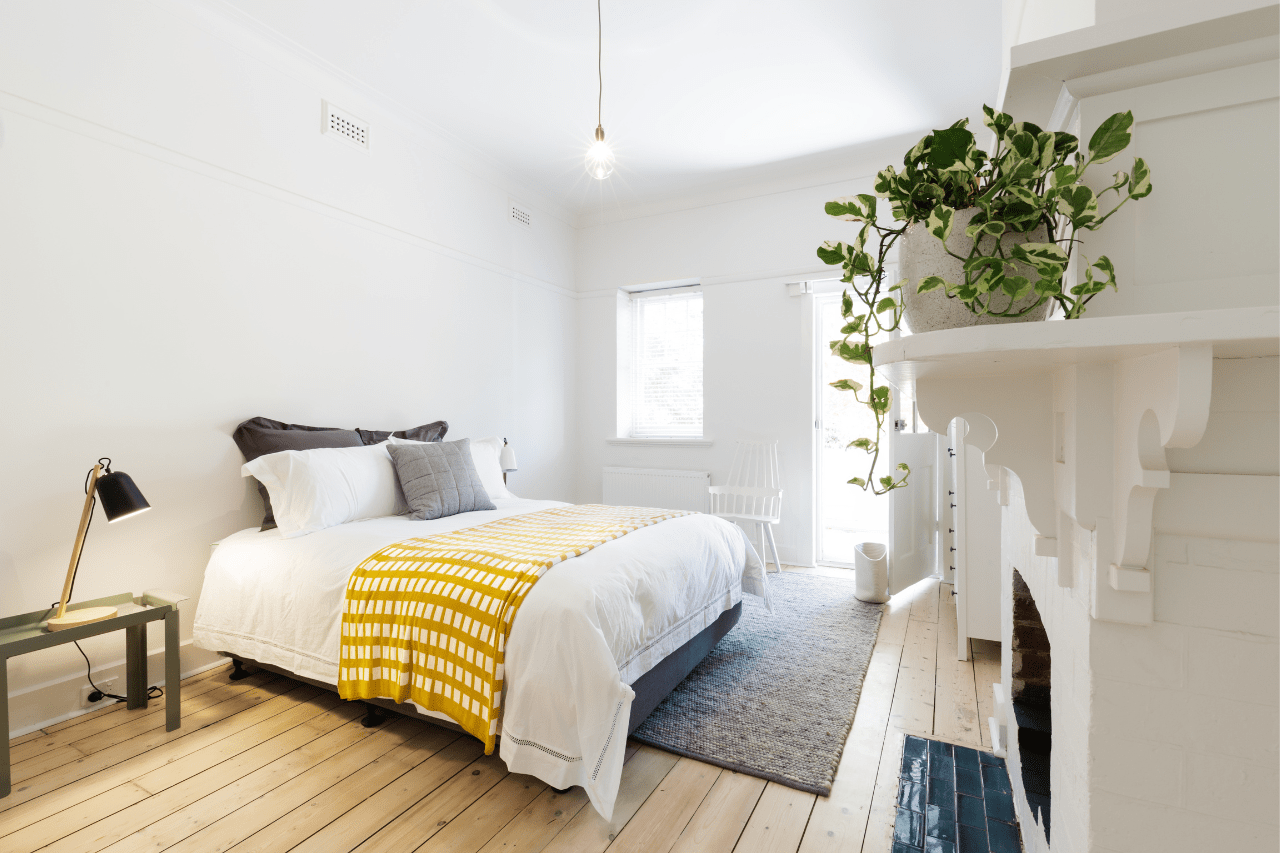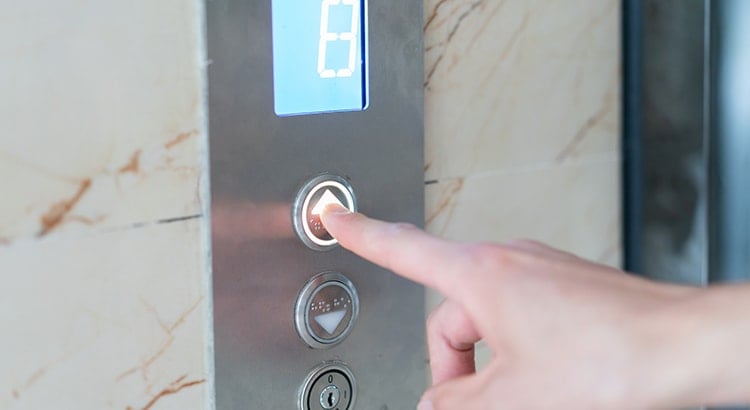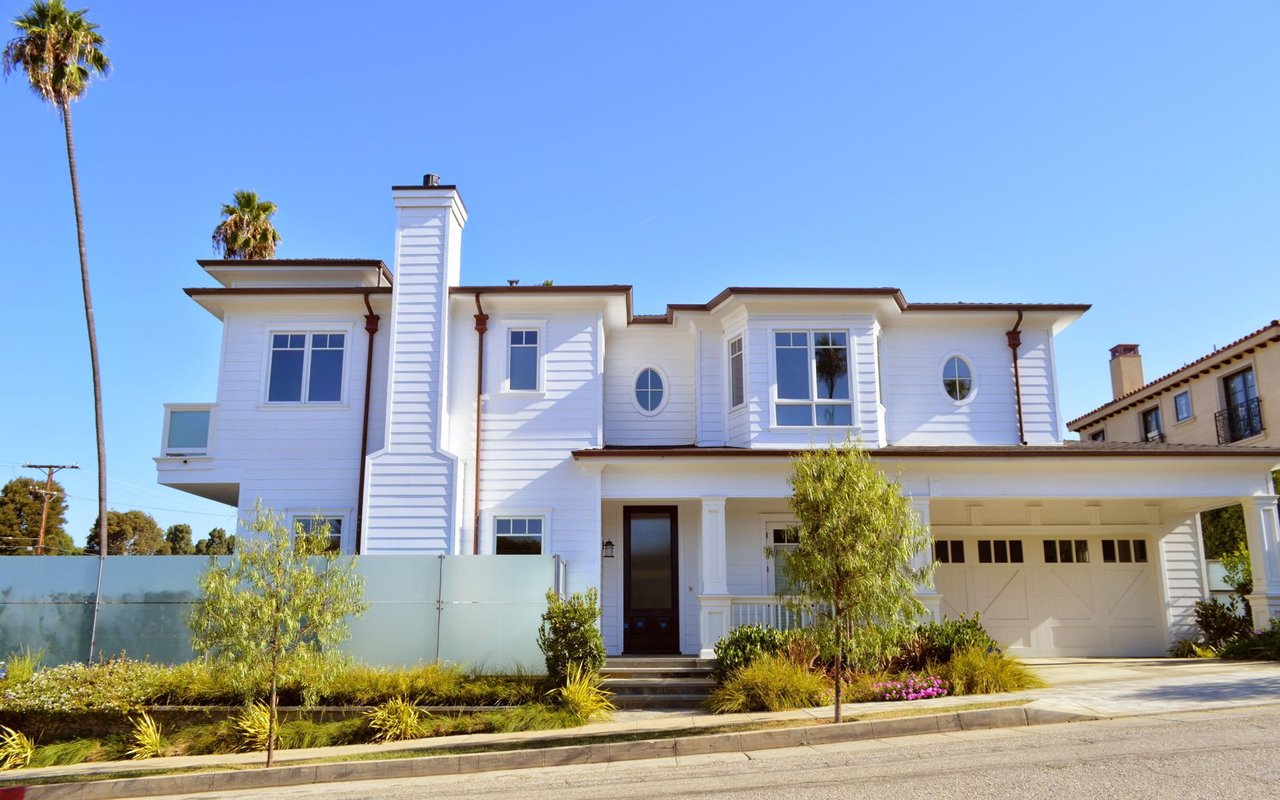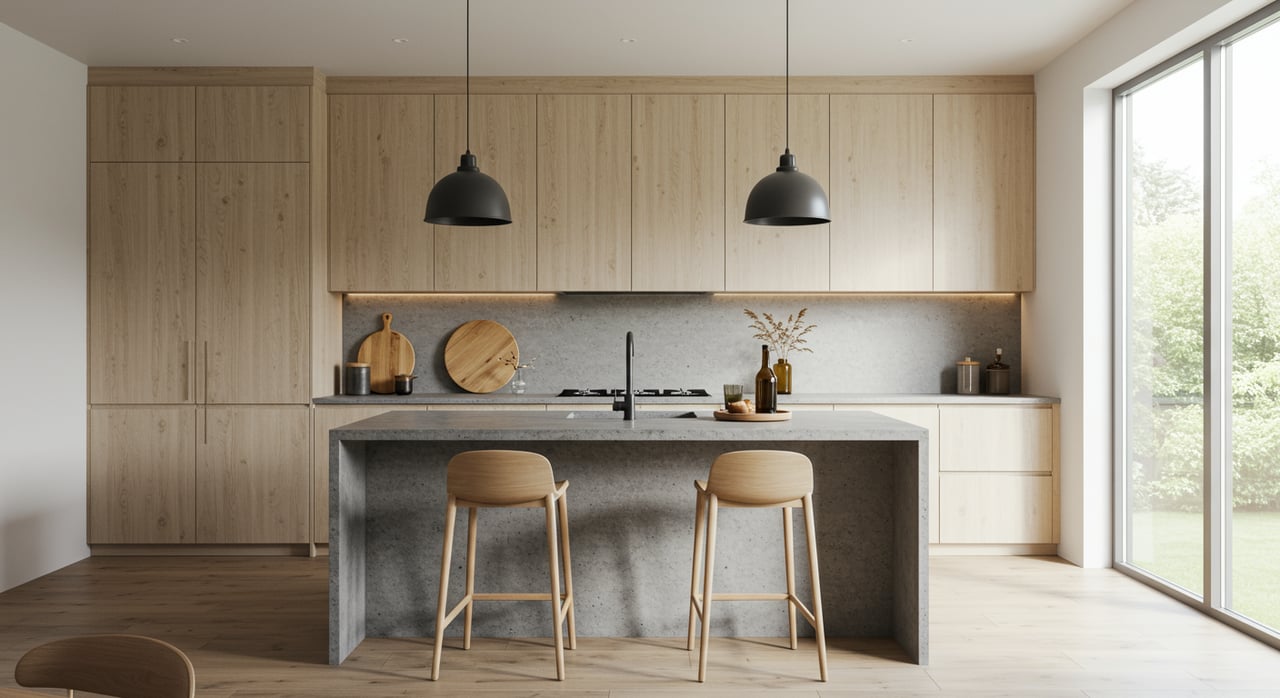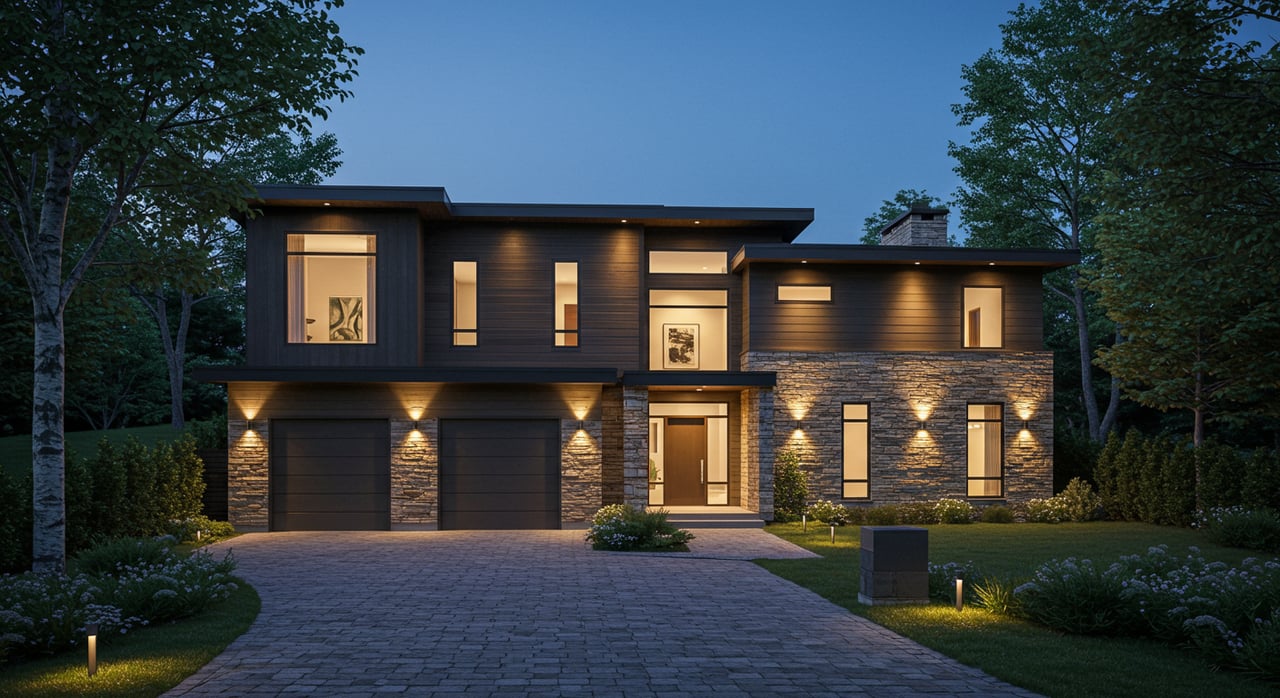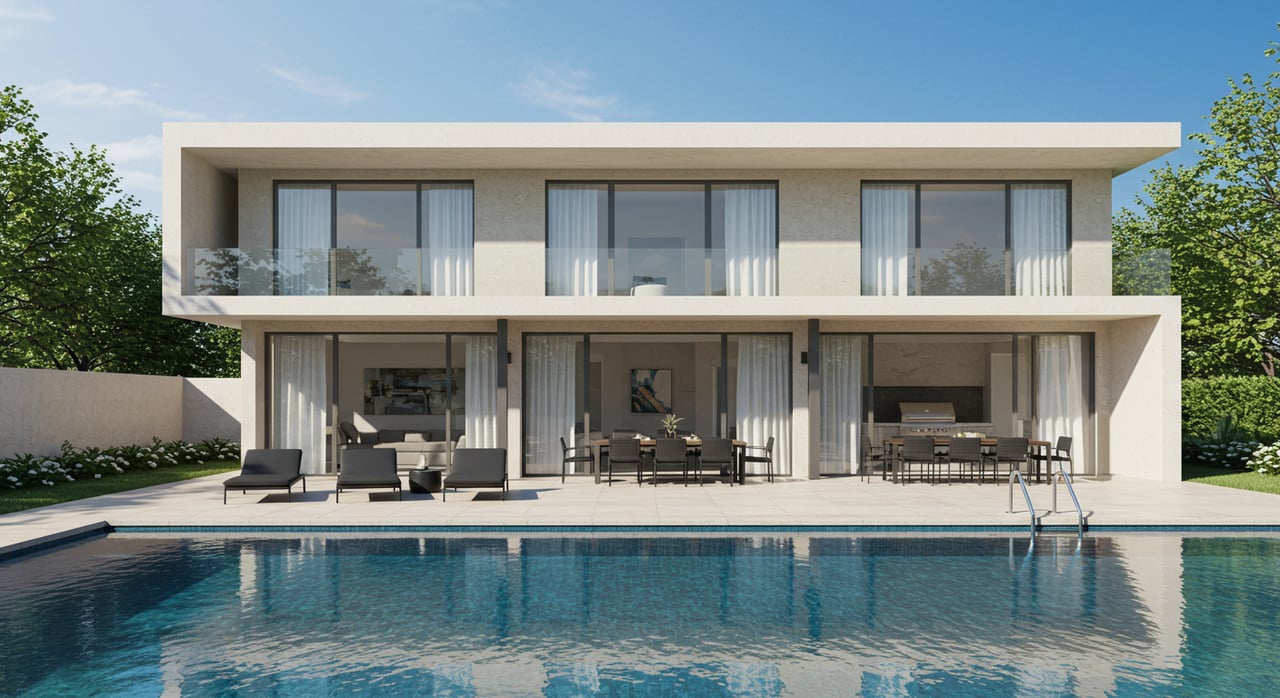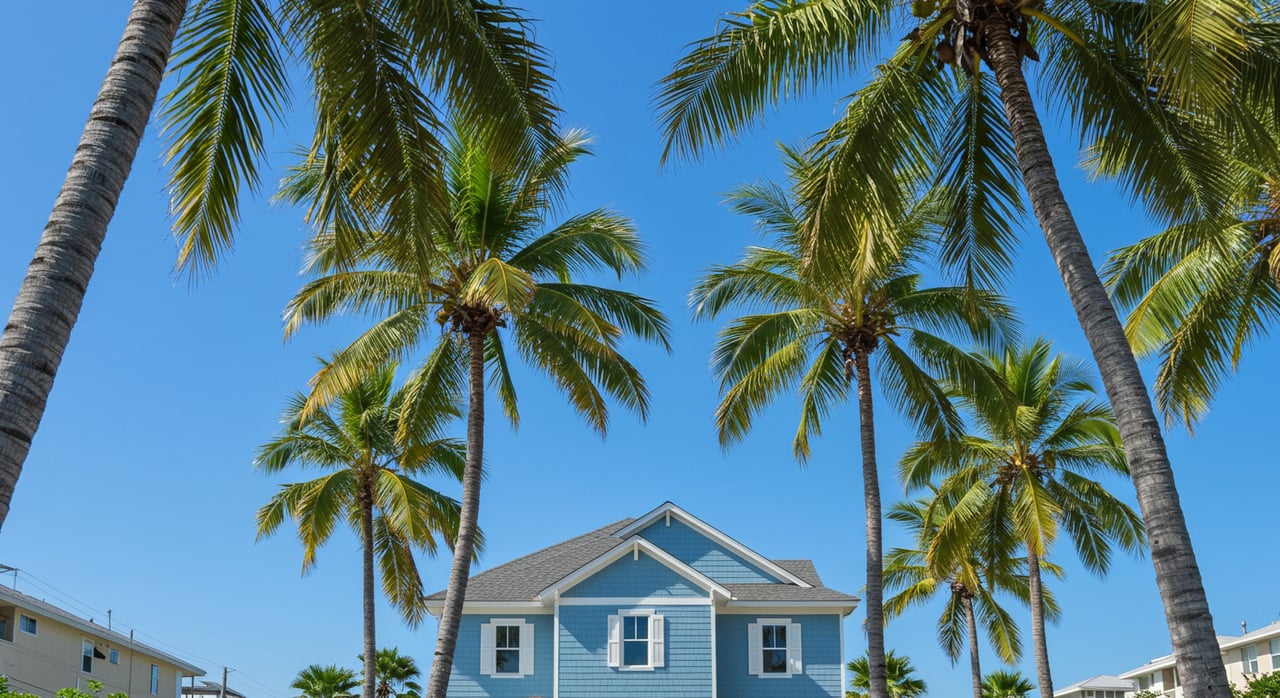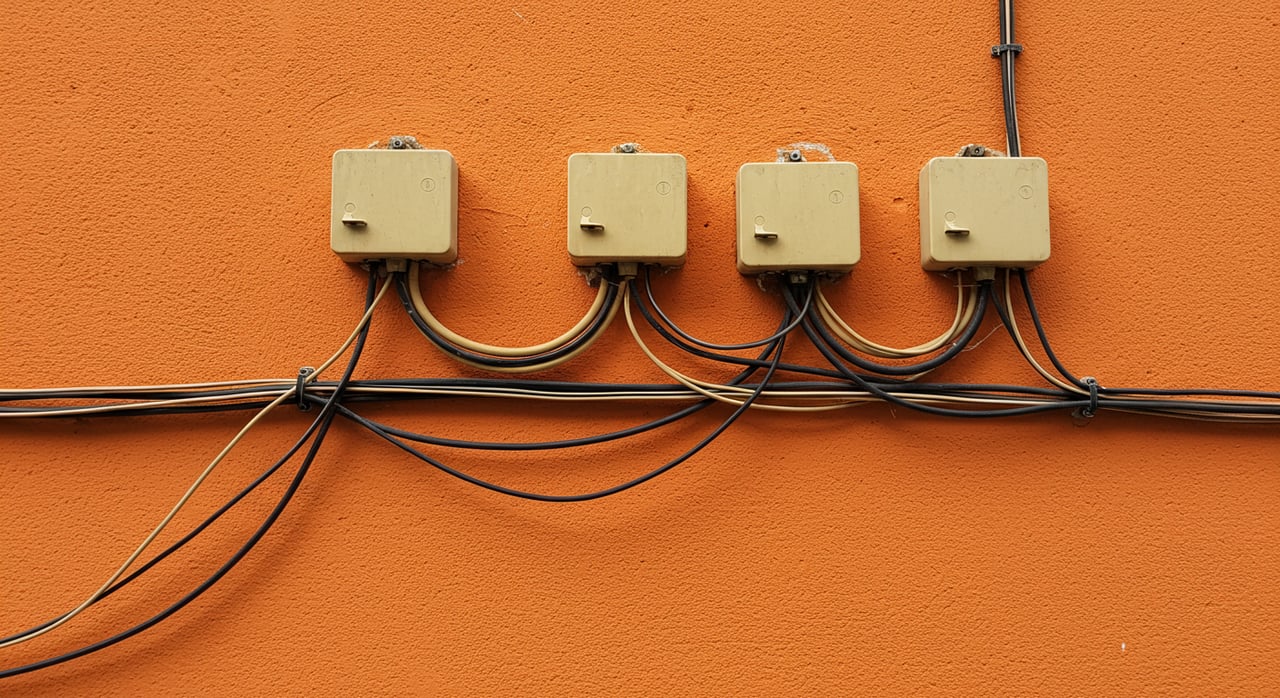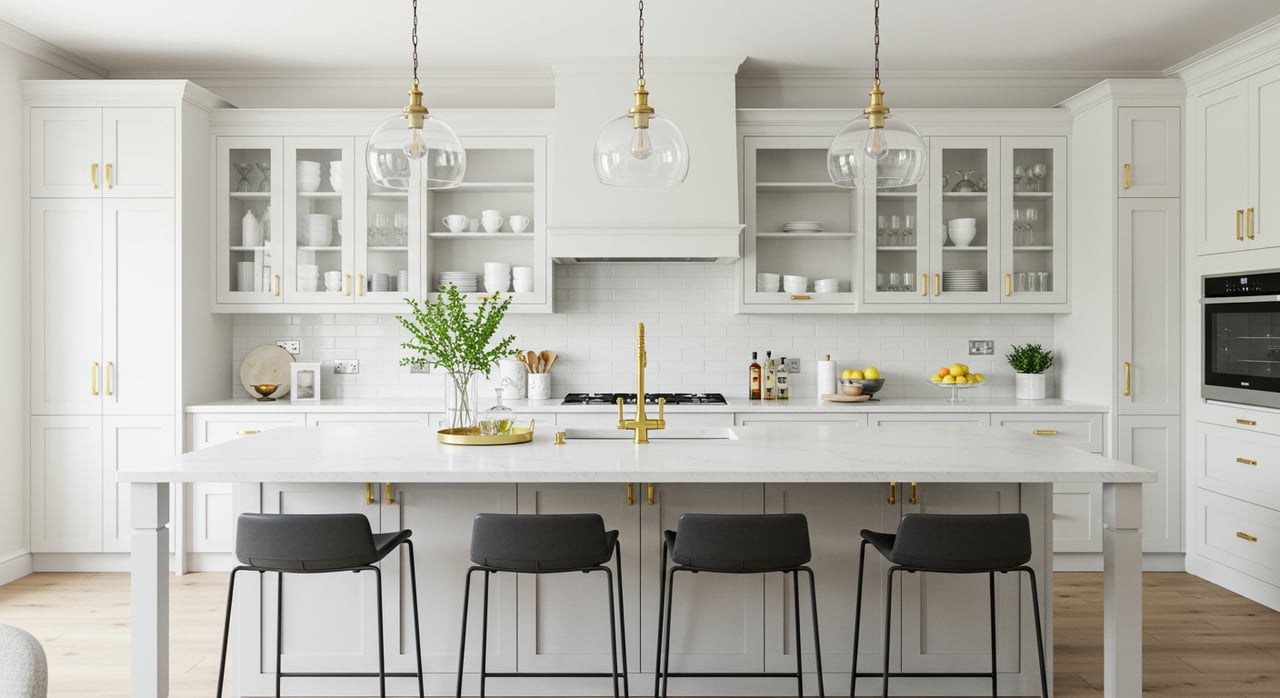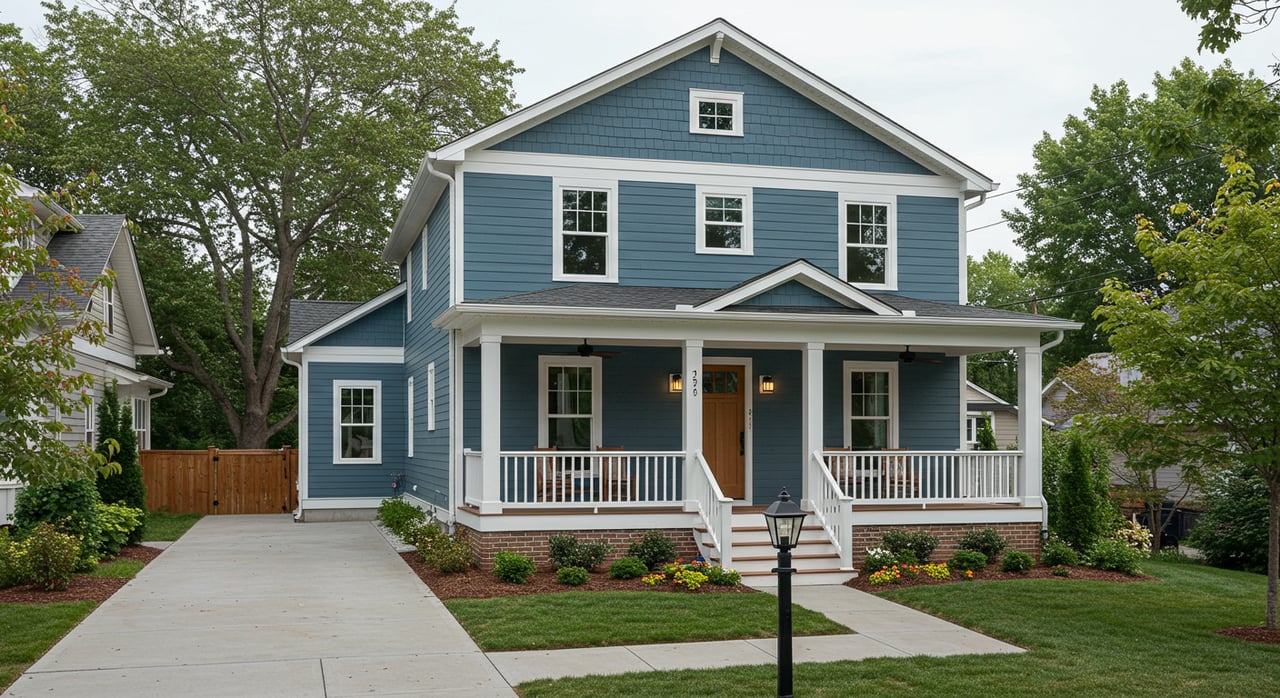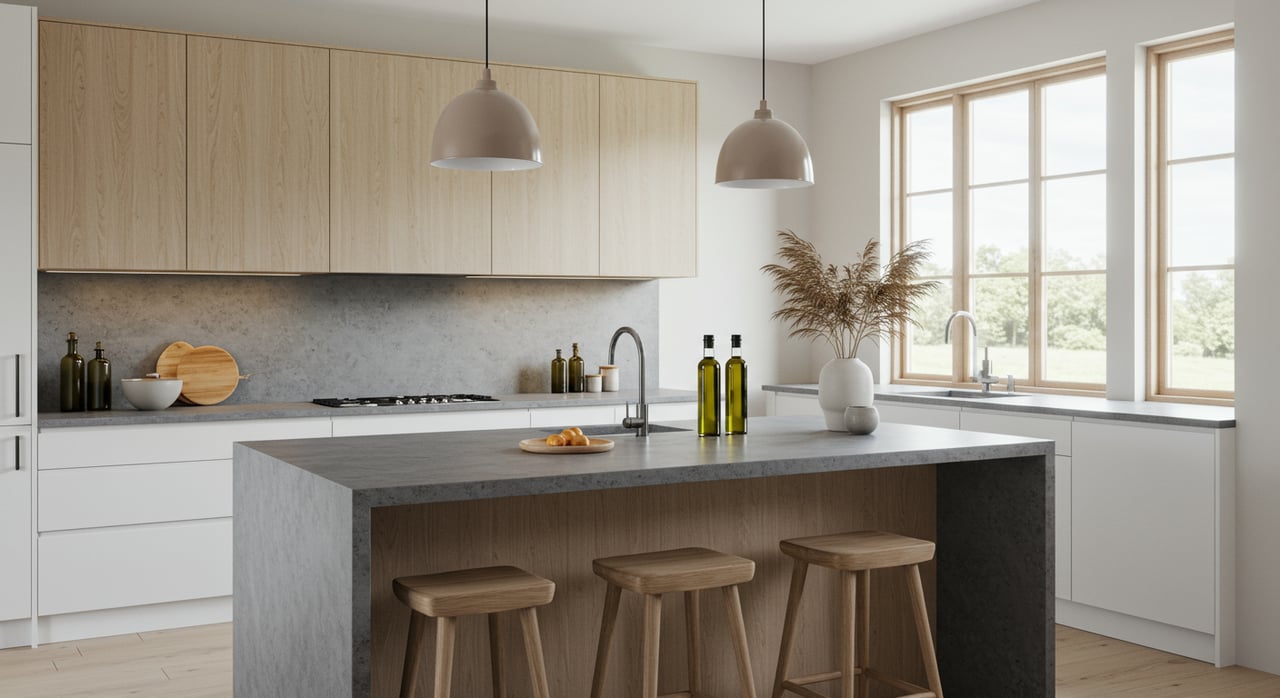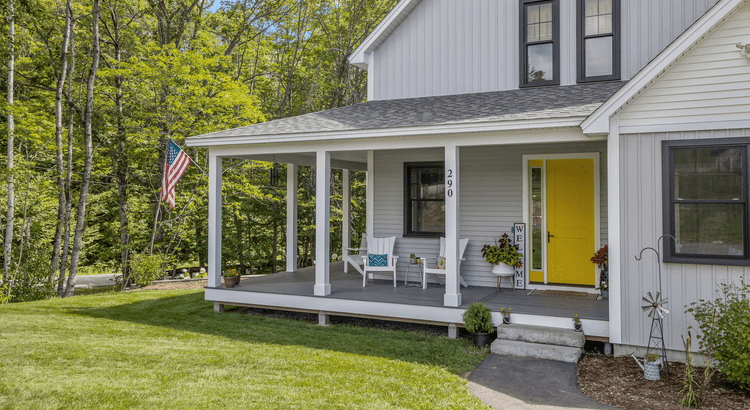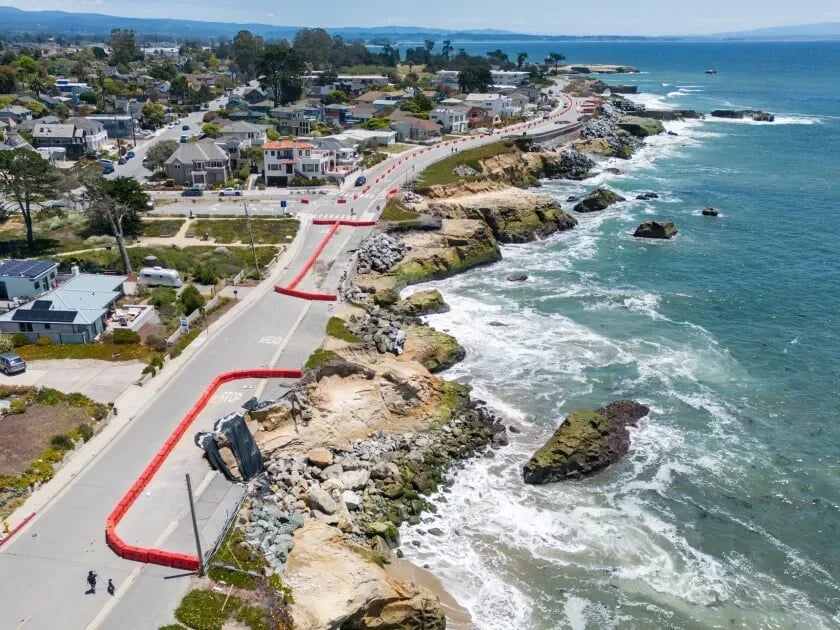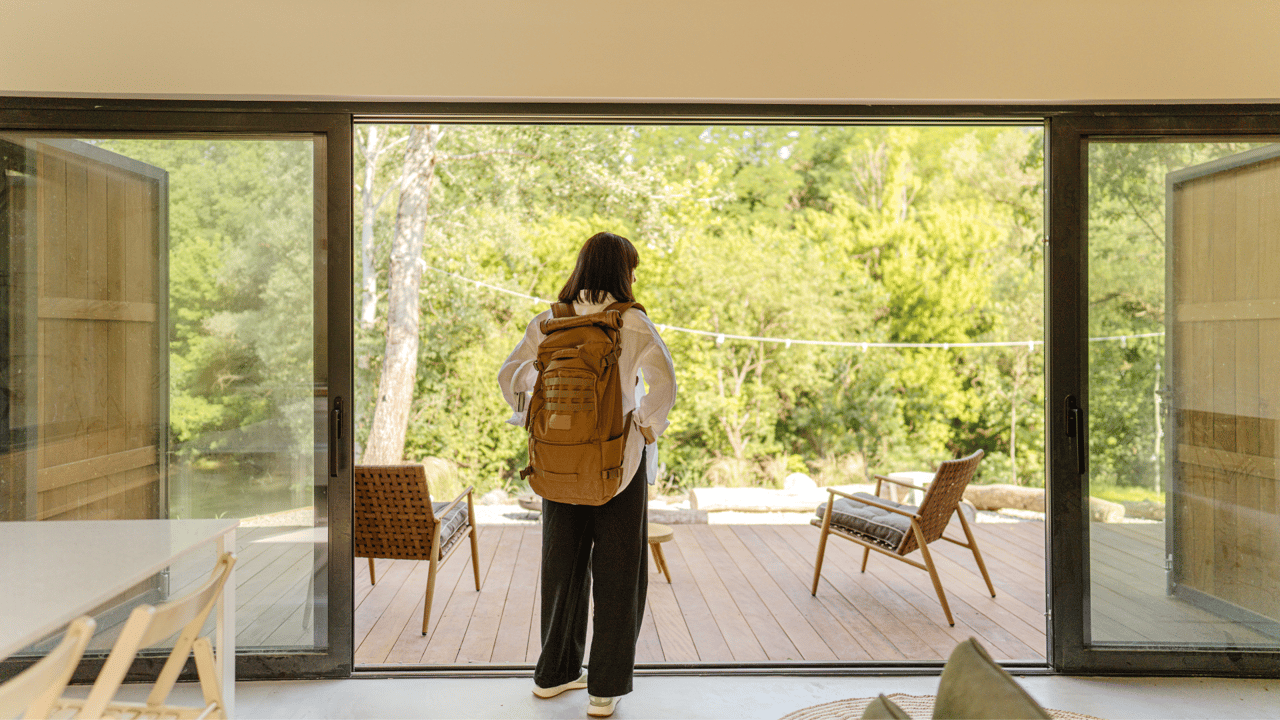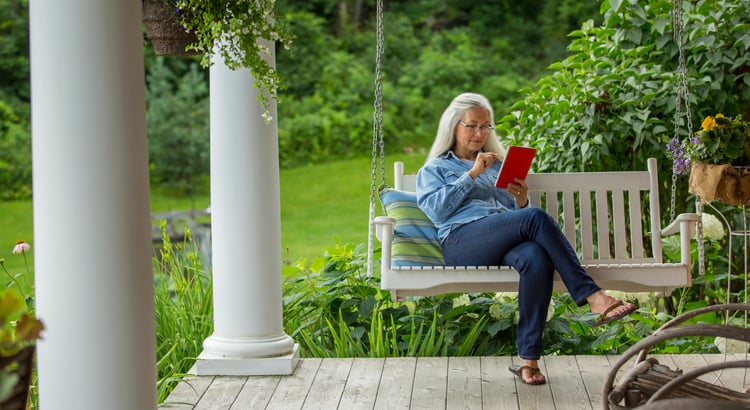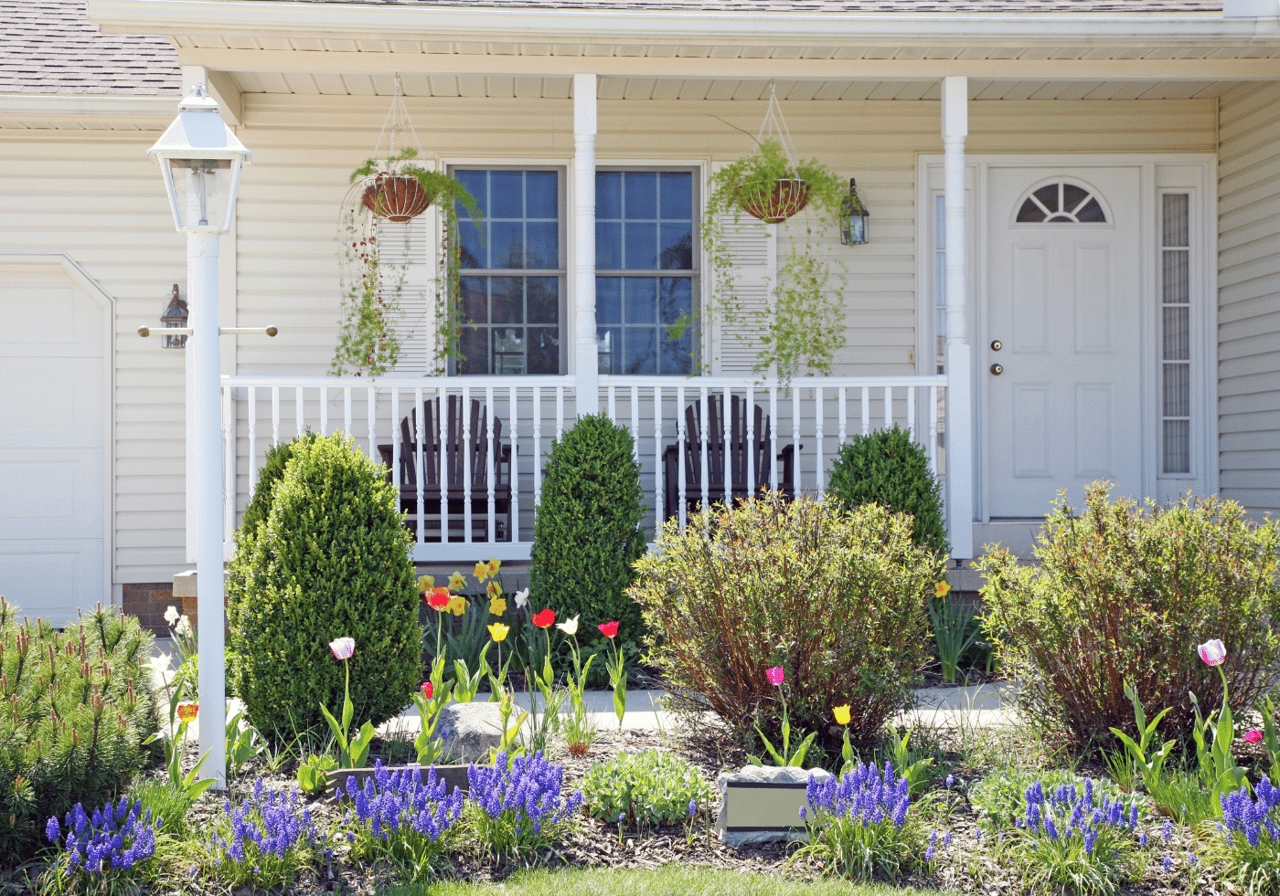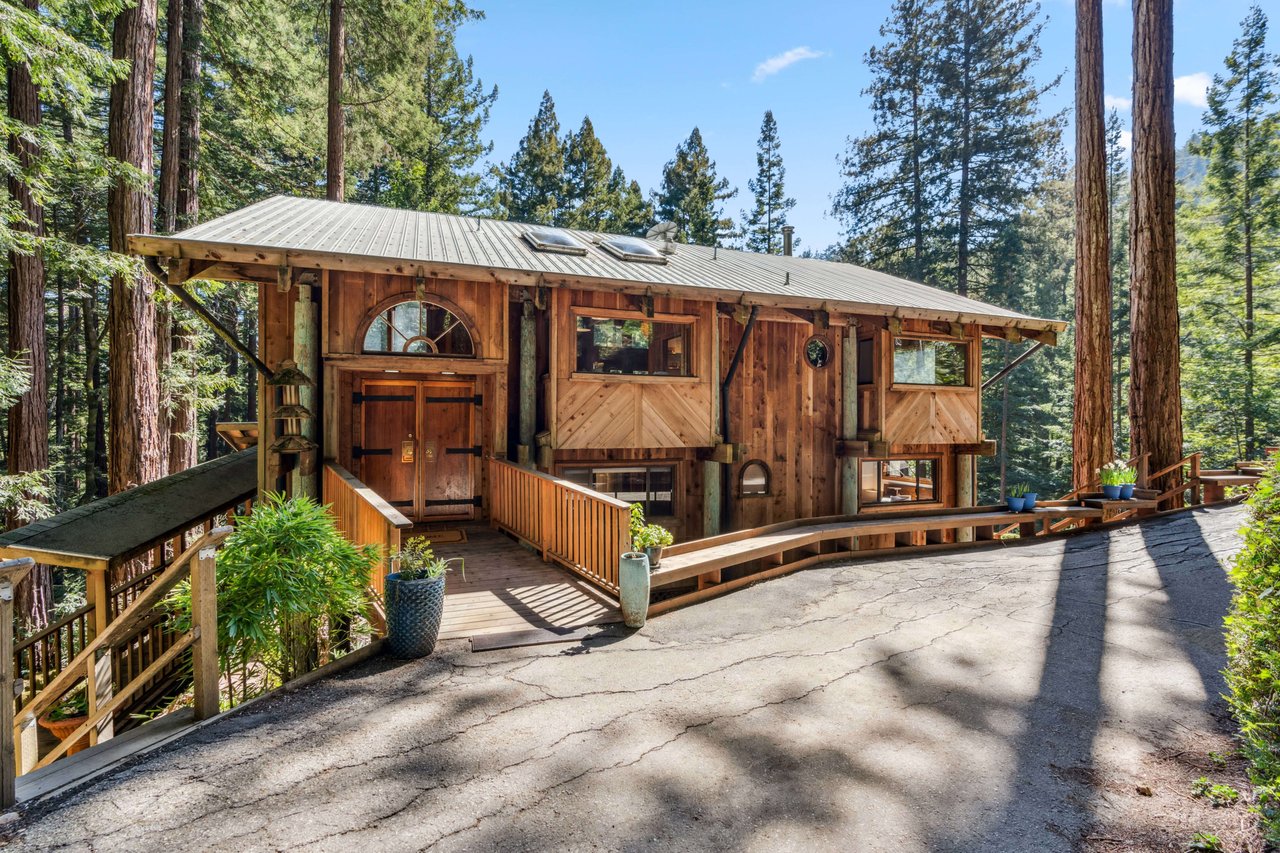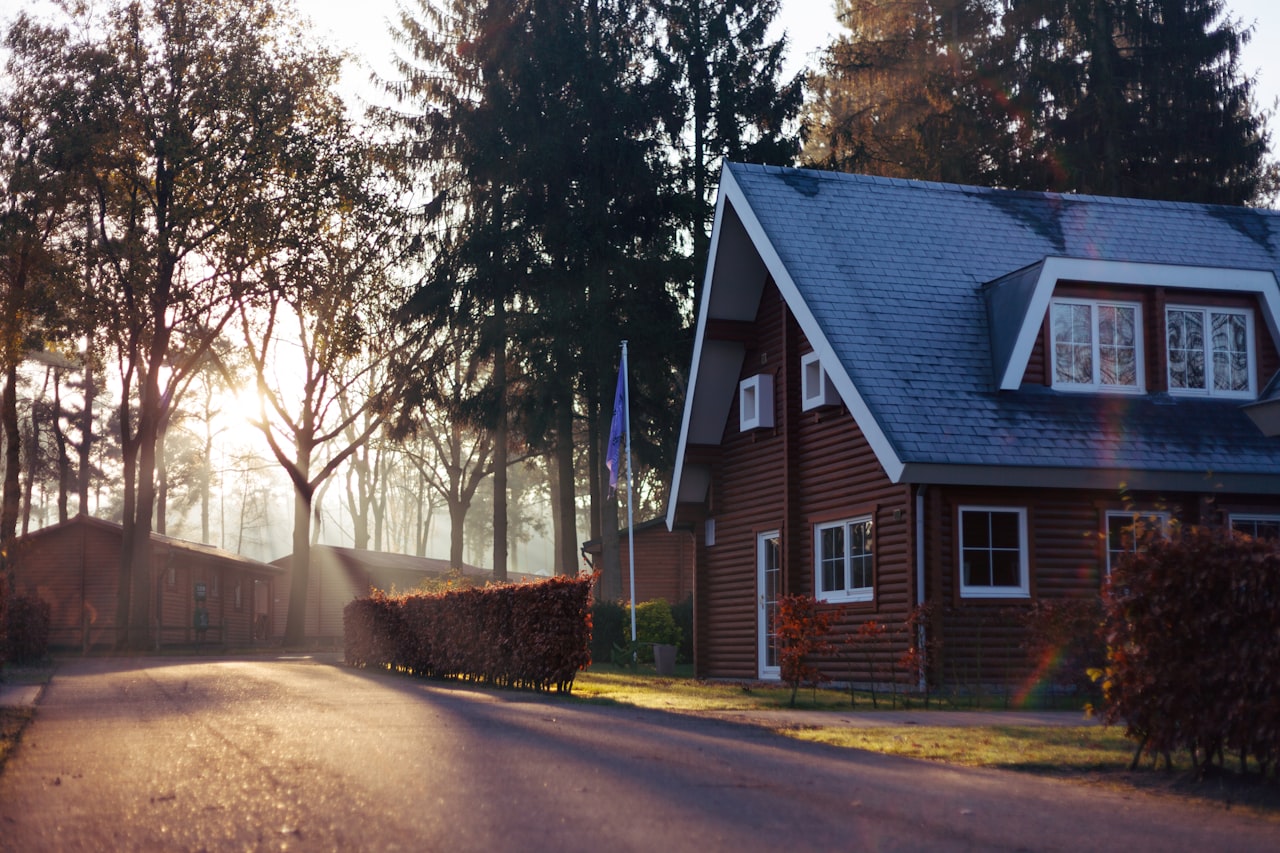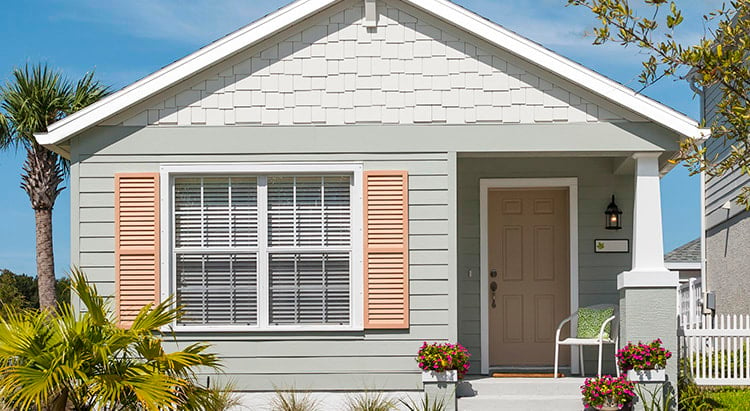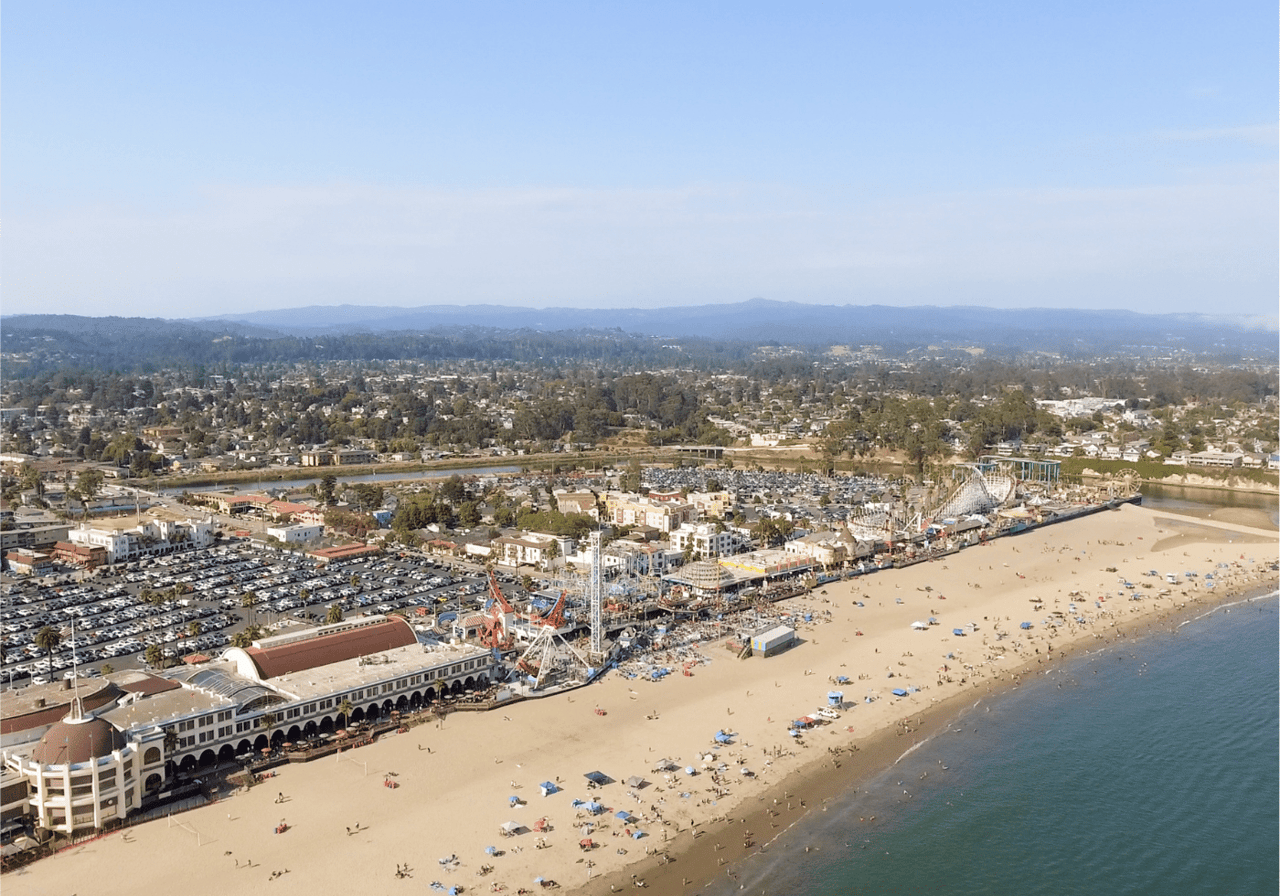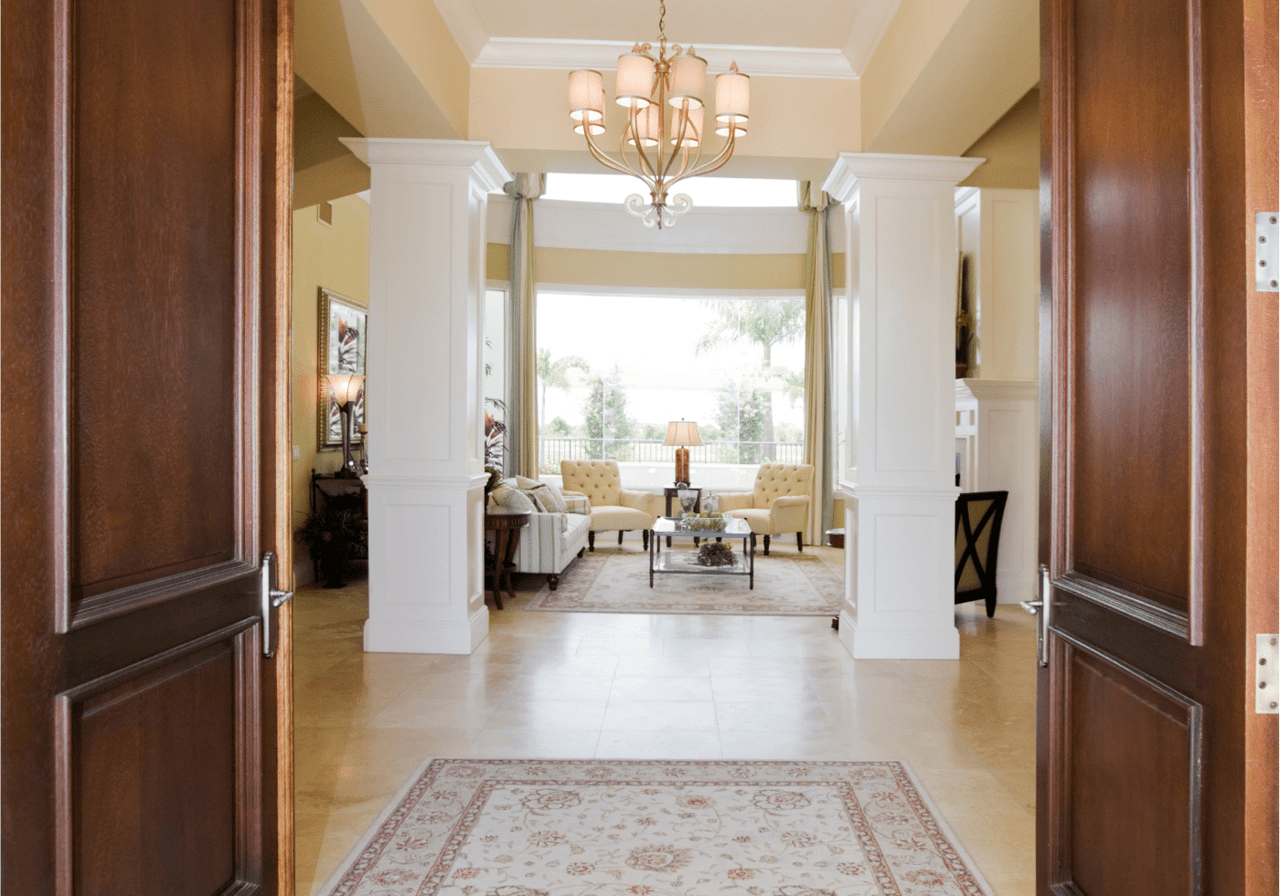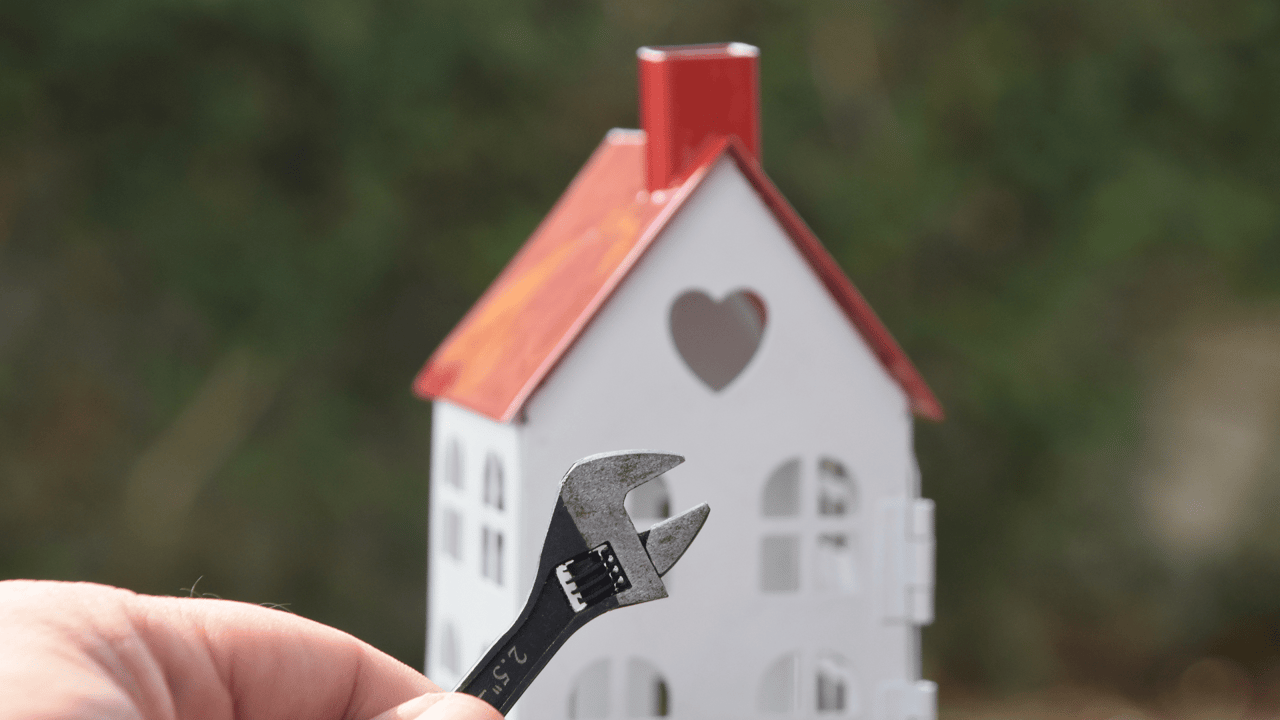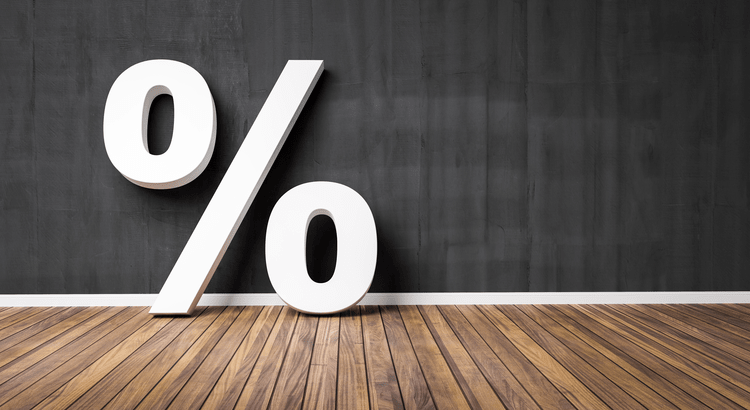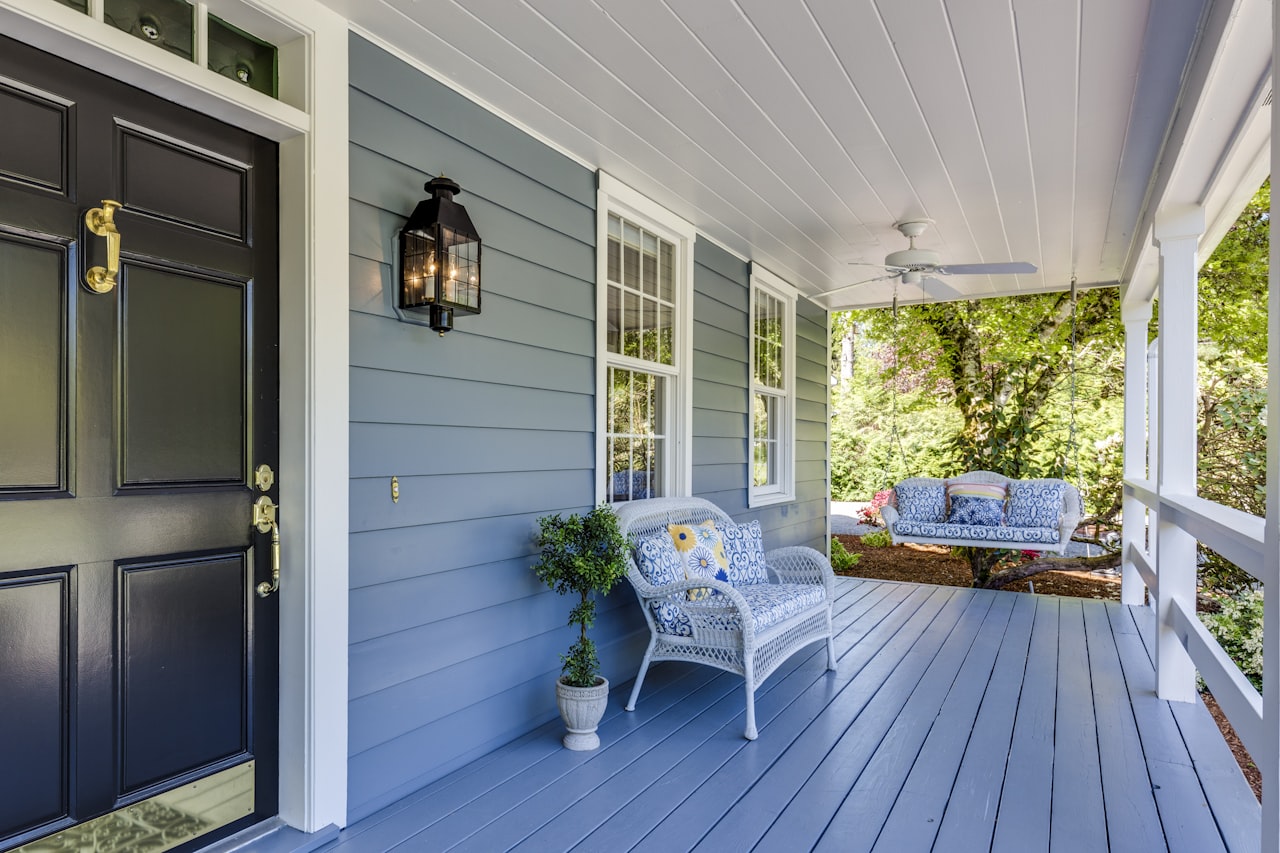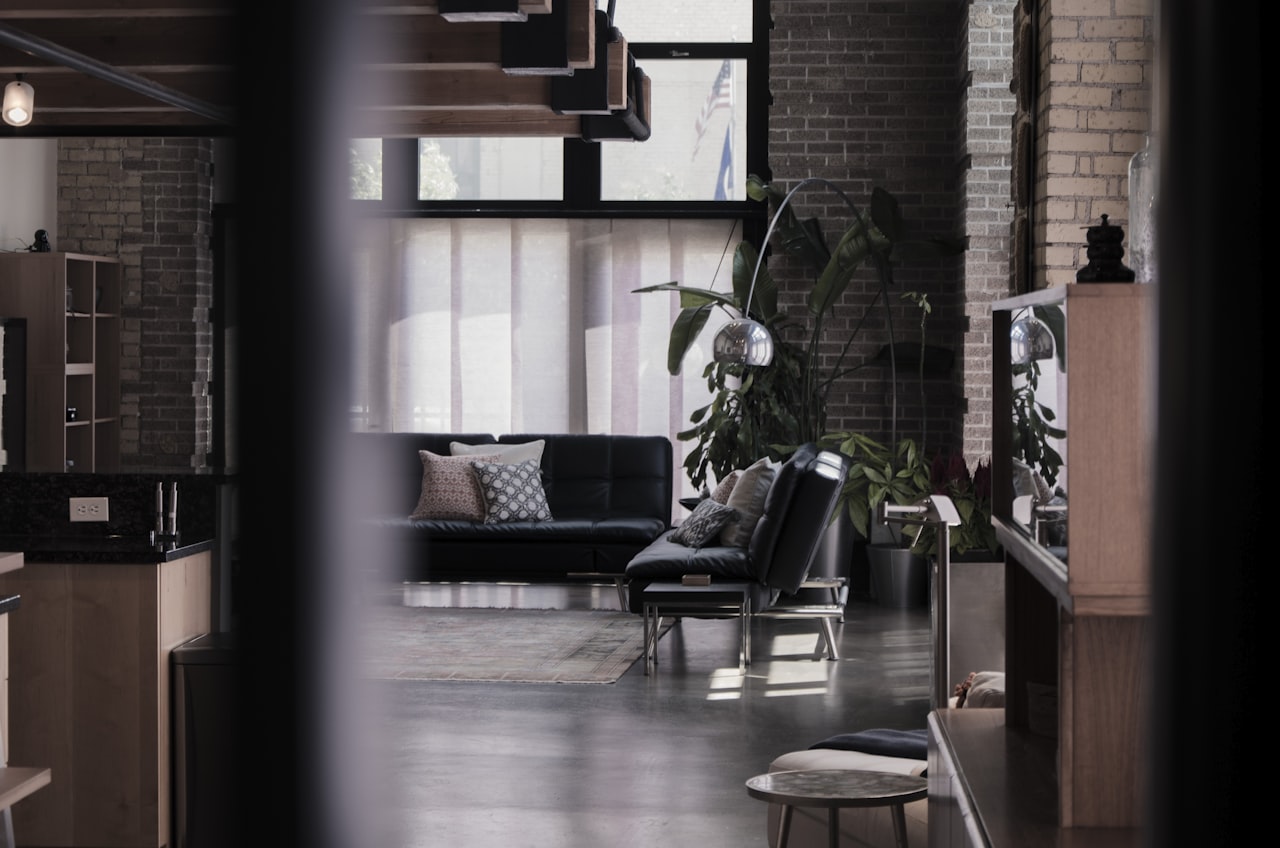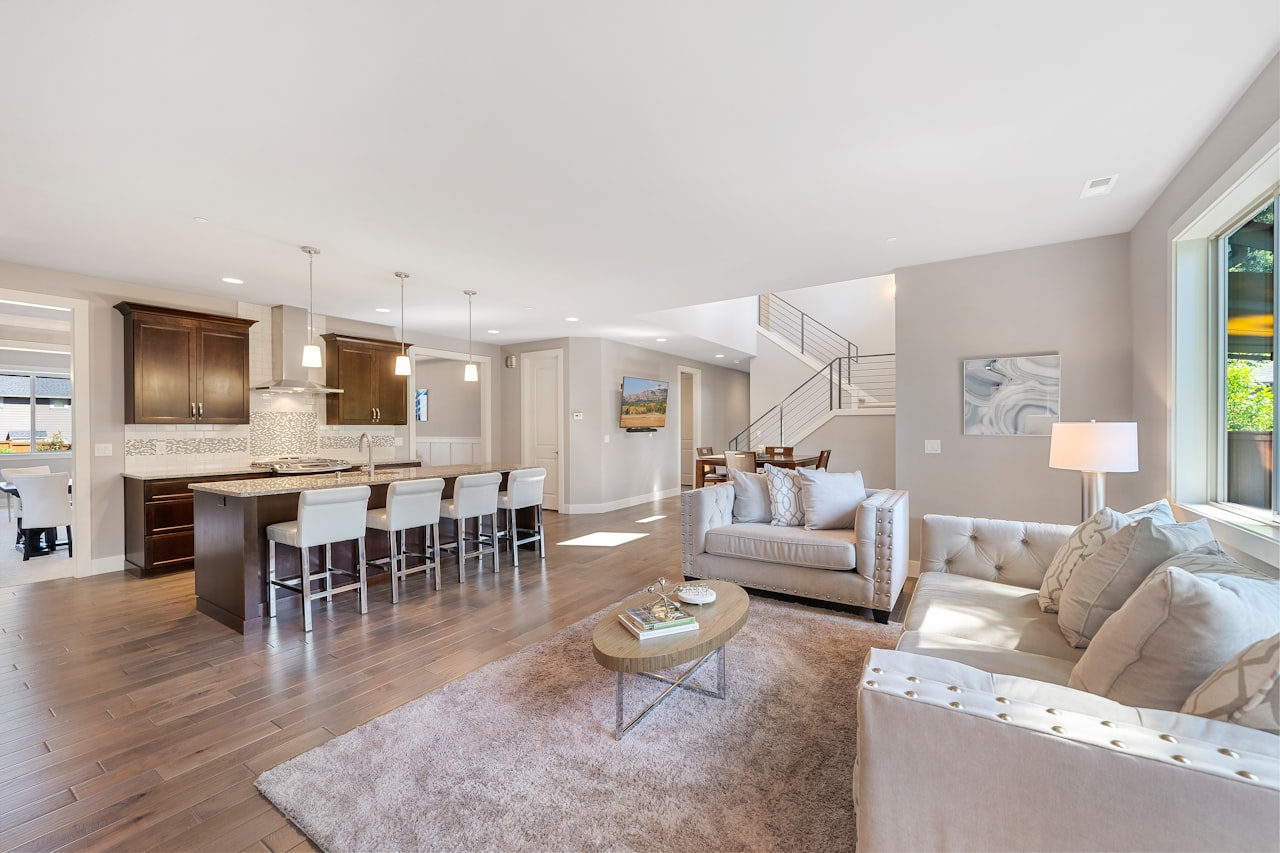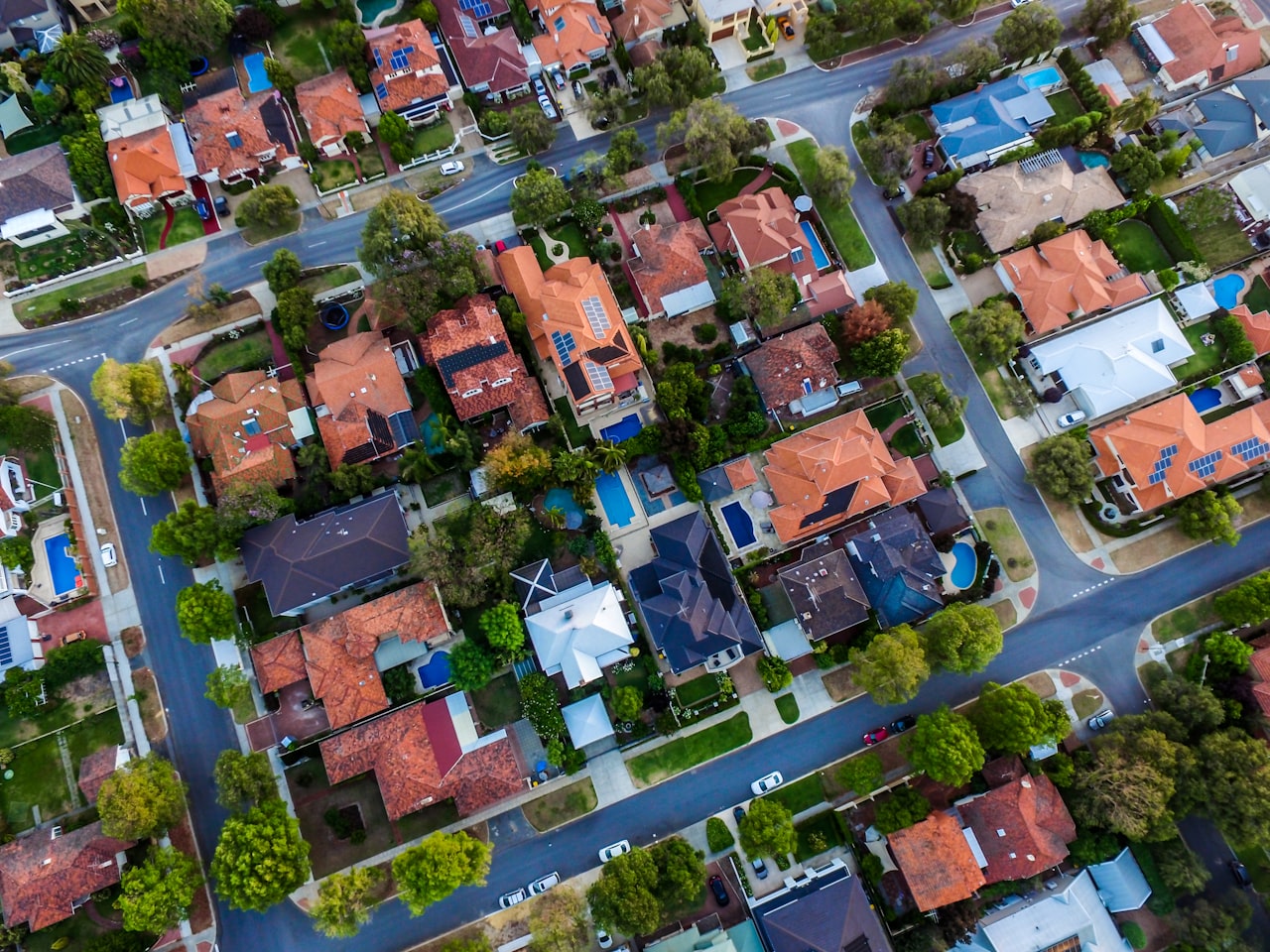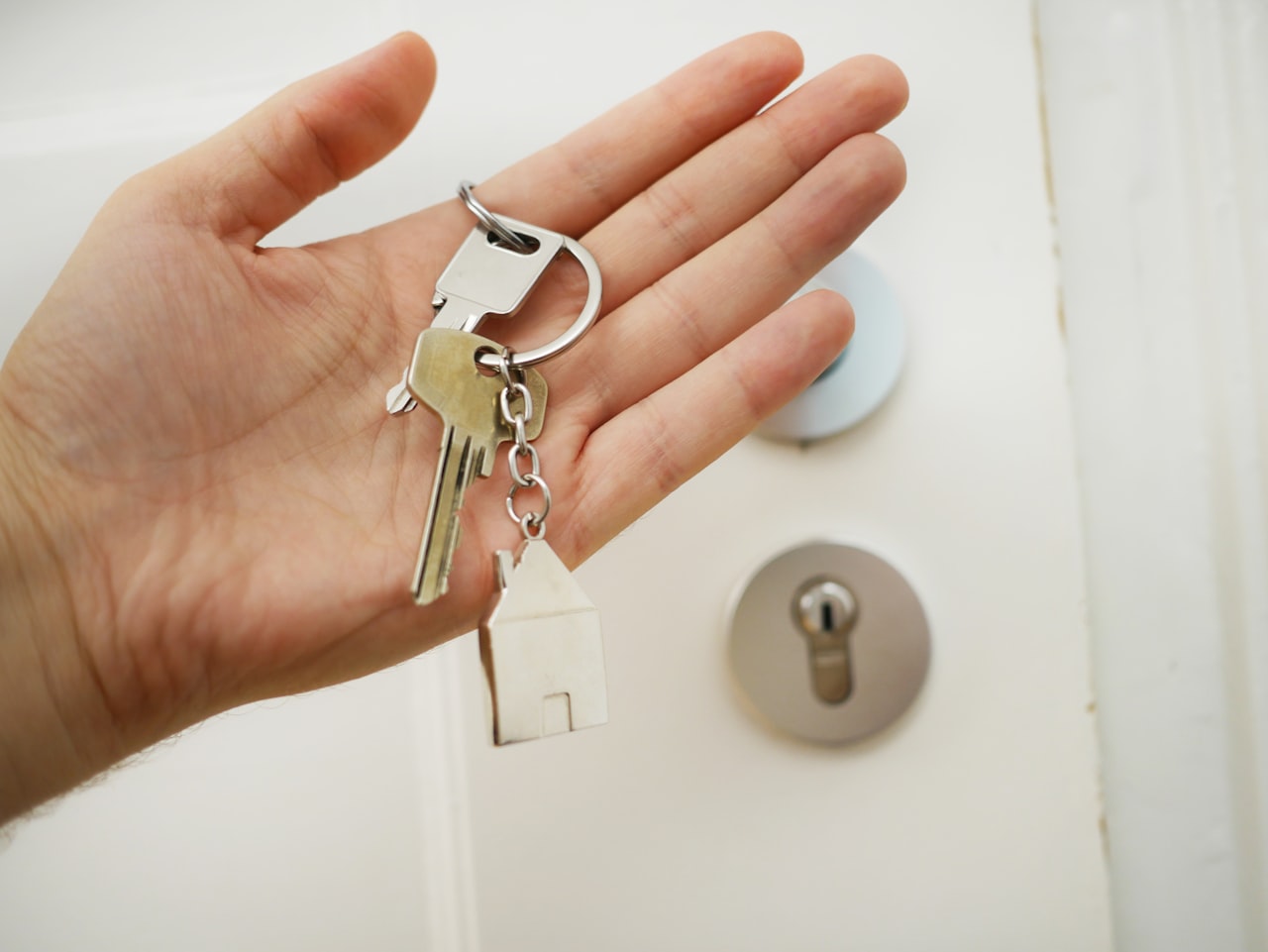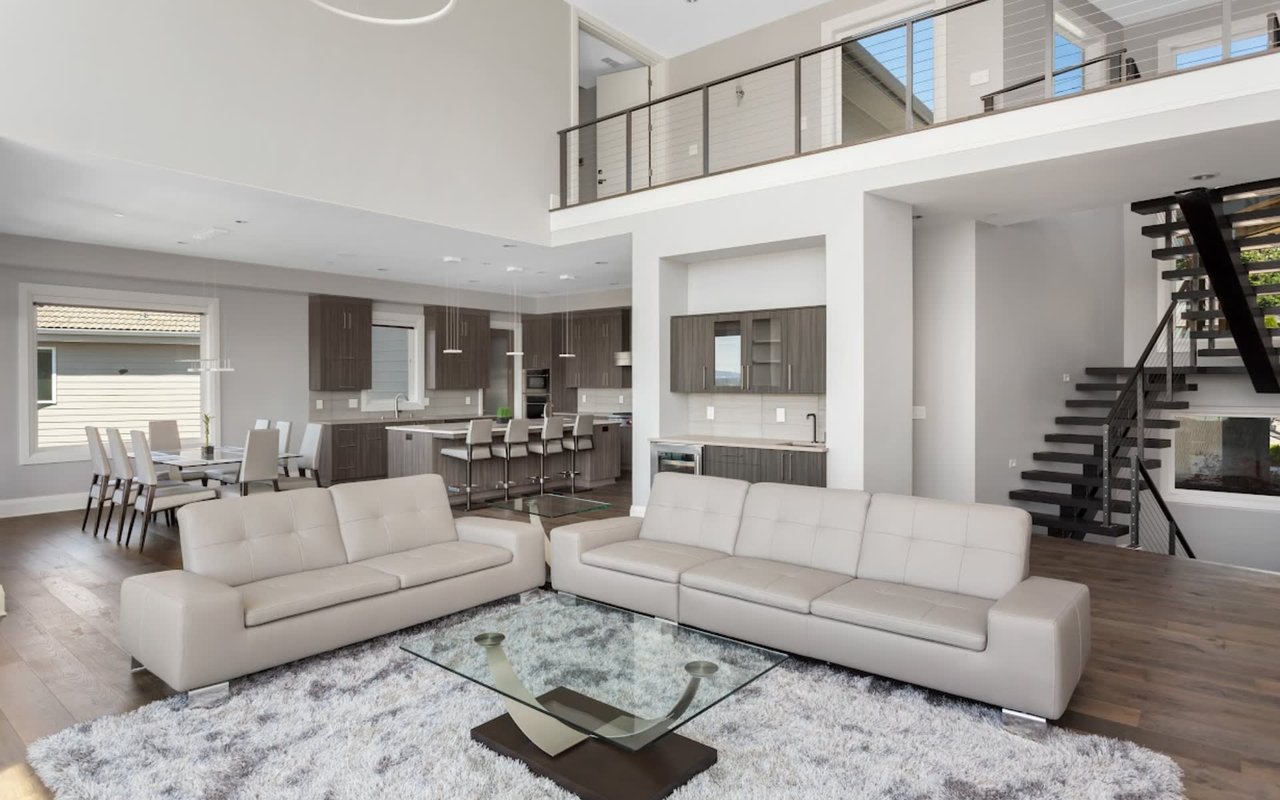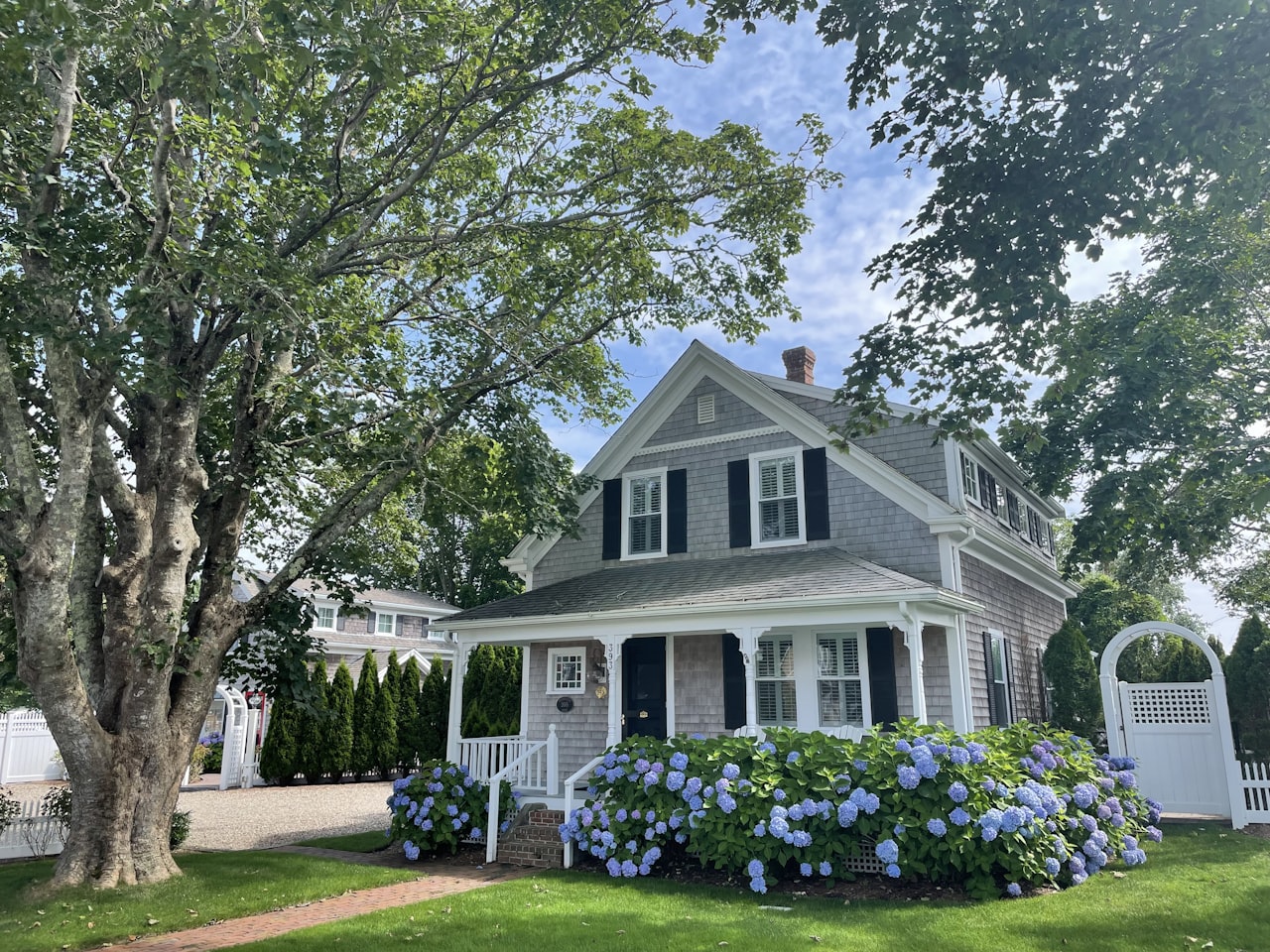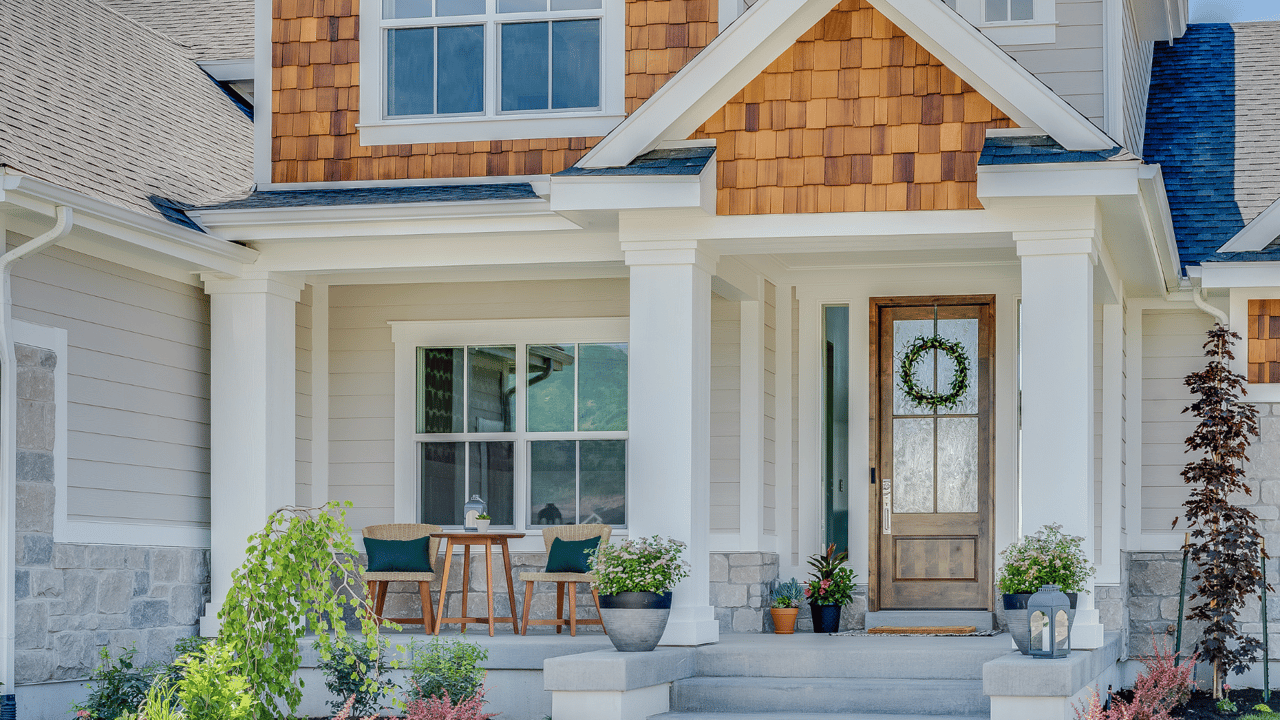The signals are all indicating a slowdown: rising inventory of homes for sale, slowing price growth, falling commodity prices, etc.
Key Points
-
Sales of existing single family homes fell month-over-month by 14% and year-over-year by 16%.
-
The median price of a single family home in July rose just 3.6% from July 2021.
-
The inventory of new homes for sale jumped from a 1-month supply in June to a 1.3-month supply in July. At the end of 2020 it set a record low at 0.8 months.
Sales of existing single family homes in Santa Cruz County fell to 188 in July, 14% below June’s 218 and 16% below July 2020’s level of 225 closed sales.
After a little over a year of crazed buying and surprising price gains in the double digits, many homes are now out of reach for much of the homebuyer demand that remains in the market.
The median price of $1,195,500 for a single family home in the area rose just 3.6% from June but is a staggering 21% above July 2020’s price of $985,000. While these are sizable gains, they aren’t quite as significant as gains seen in previous months.
The majority of home buying is occurring on the higher price point of the market, and builders simply cannot afford to put up affordable homes due to skyrocketing construction costs, delays in the supply chain and other delays.
Lumber prices jumped more than 400% earlier this year, and while it has dropped back down significantly in the last month, prices remain around 75% higher than their 2019 average.
There have also been shortages of appliances and labor. The slowing in home sales is likely, in part, due to a combination of sticker shock and the difficulty for builders to finish homes because of various delays.
The inventory of homes for sale bumped up from 1-month supply at the beginning of July to a 1.3-month supply at the beginning of August across Santa Cruz County. Last December the market saw its lowest level ever, bottoming out at just 0.8 months. Early August was the highest supply in 13 months - though anything below 4 - 6 months is heavily weighted towards a Sellers market.
Make no mistake, while things may be cooling, this frustrating ride is far from over for many homebuyers.
Buyers in June were hit with higher mortgage rates, which rose about a quarter of a percentage point during the month. While that fraction may not sound substantial, buyers already stretched thin by higher home pries have less of a financial cushion to absorb higher mortgage rates.
Luckily, rates started to recede in recent weeks.
Inventory is simply not keeping pace with demand. Listings rose month-over-month and year-over-year in July however it is going to take much more to balance supply of homes with buyer demand.
There is, without question, still robust demand from homebuyers, but it is increasingly being subdued by affordability and supply issues and general buyer fatigue. More and more would-be buyers are choosing to wait it out in hopes that something has to give sooner than later.
Additional indicators that the market is shifting:
- Homes taking slightly longer to sell month-over-month
- The average home sold for 4.5% above asking in July versus 6.9% in June
- More homes are reducing their asking price month-over-month
- Fewer homes are selling above asking - 70% in July compared to 74% in June
